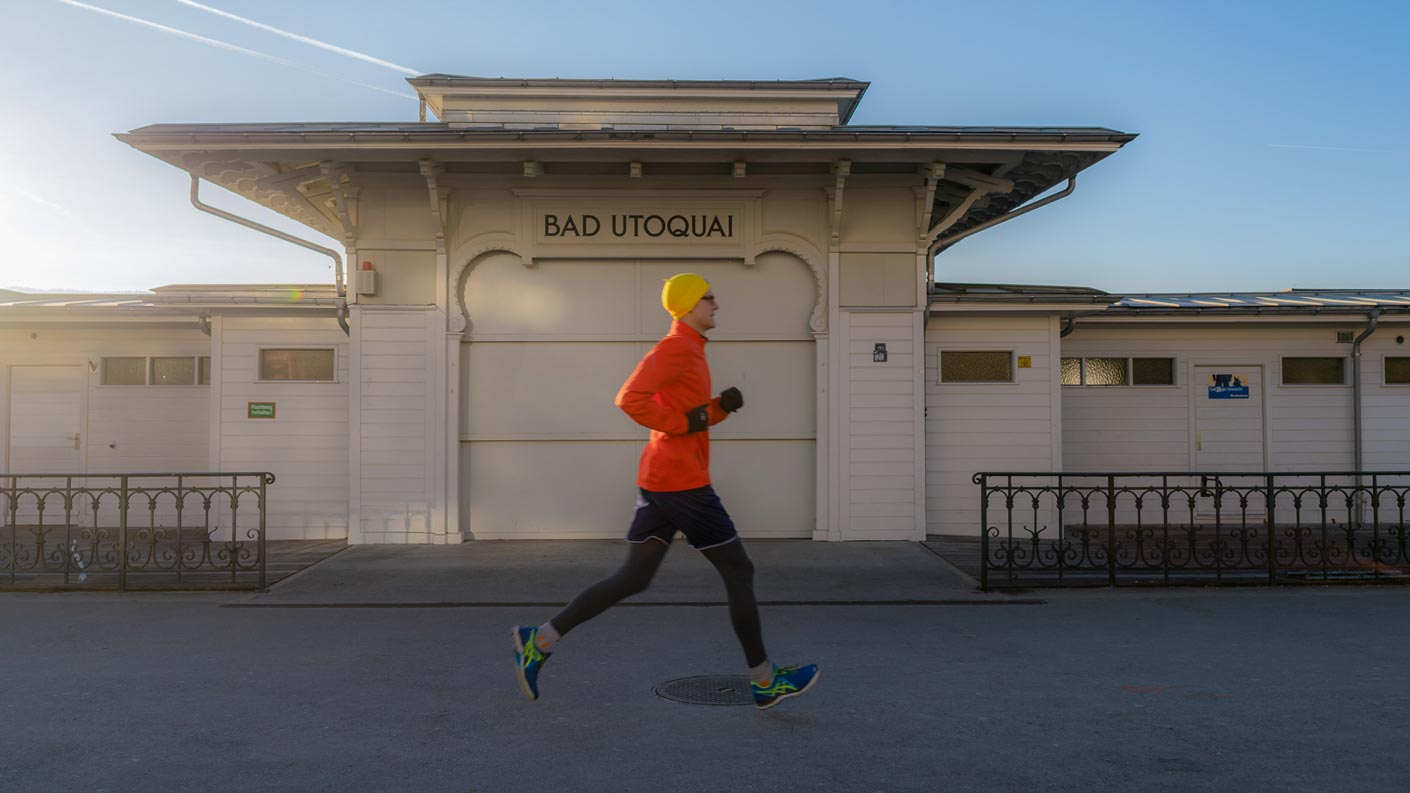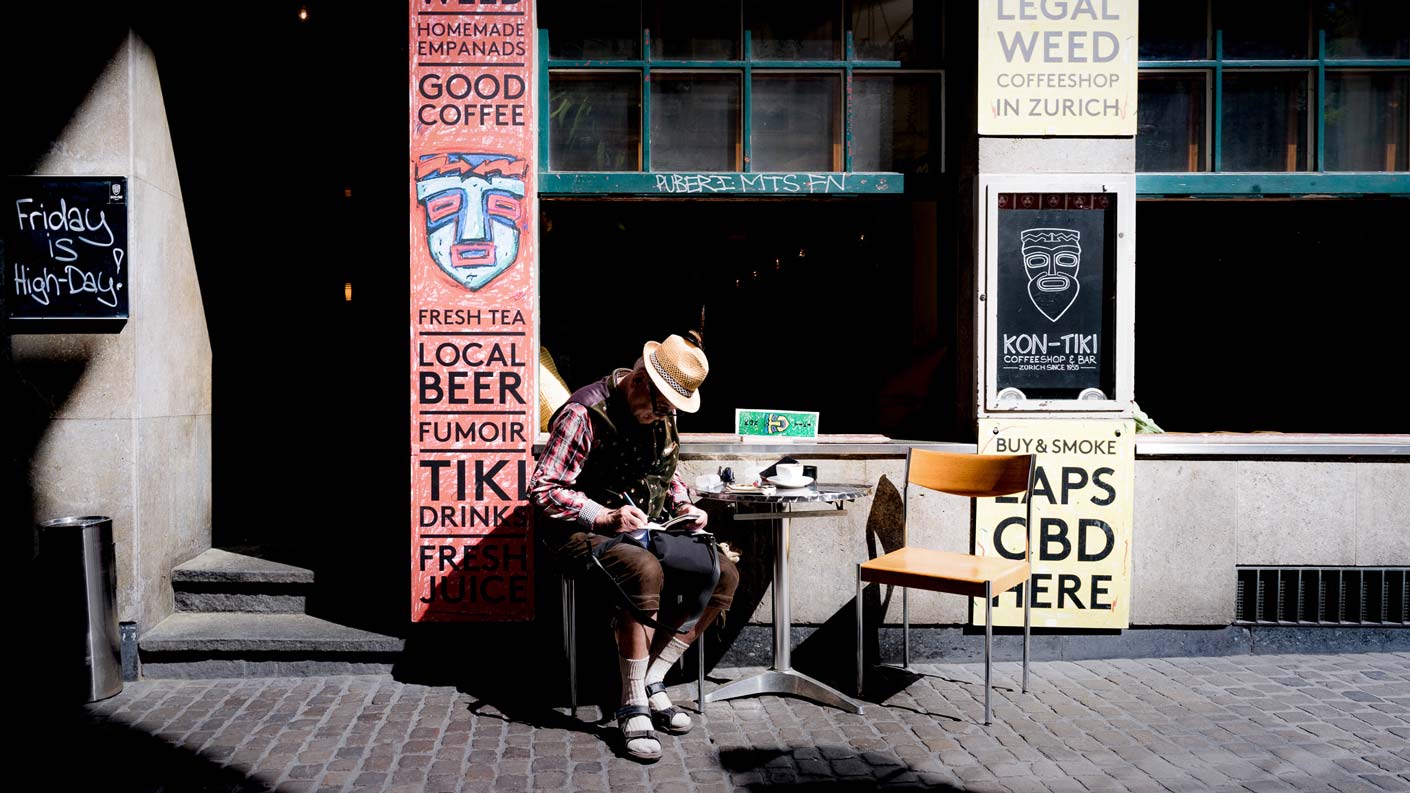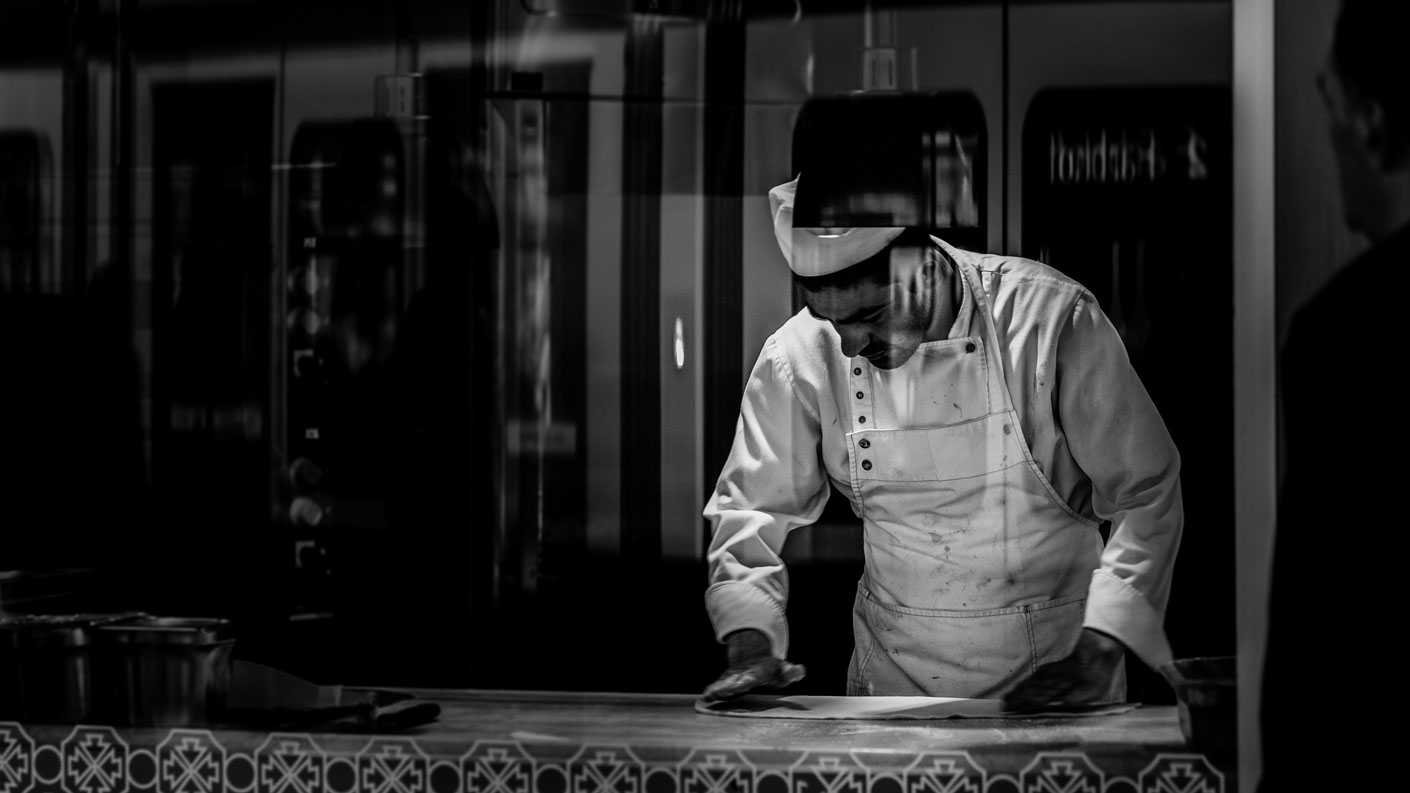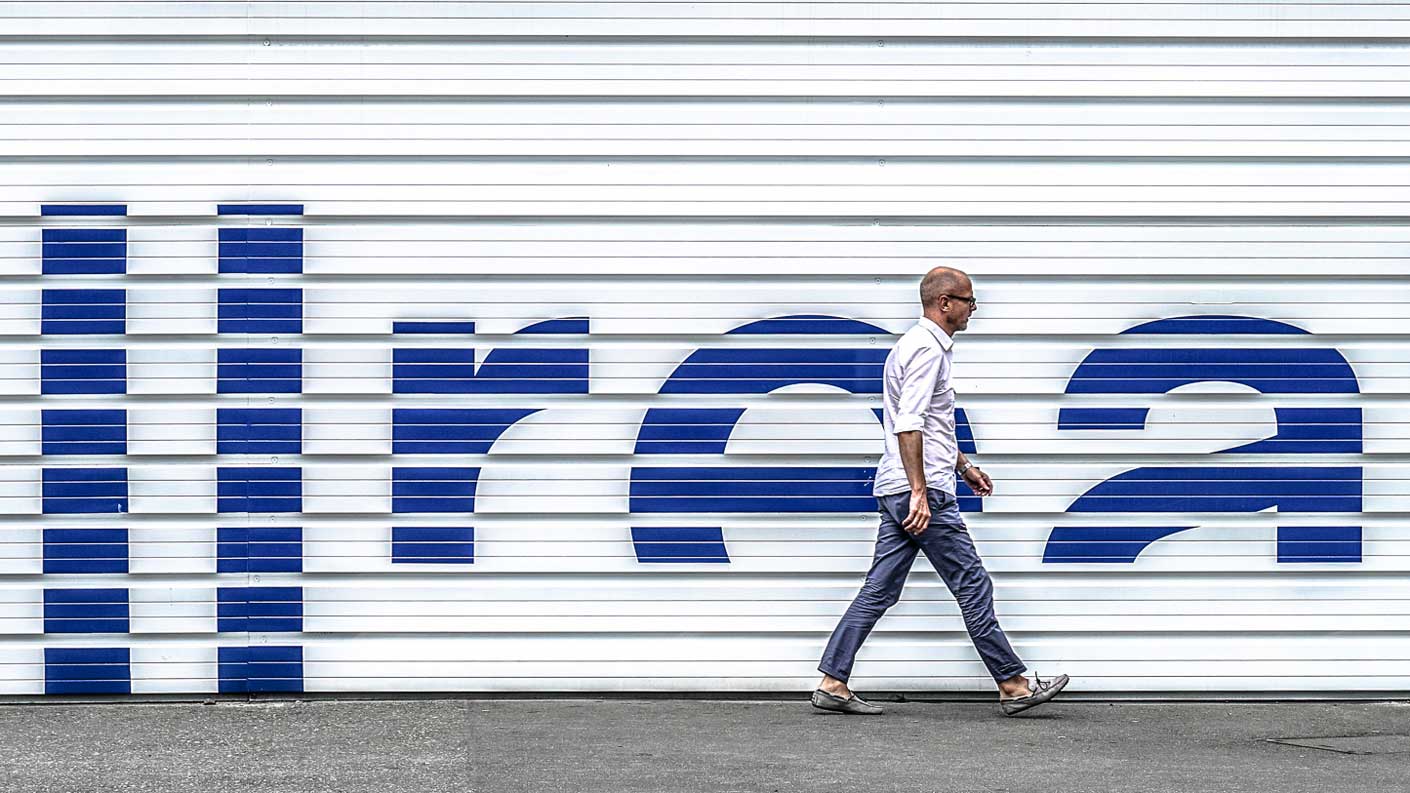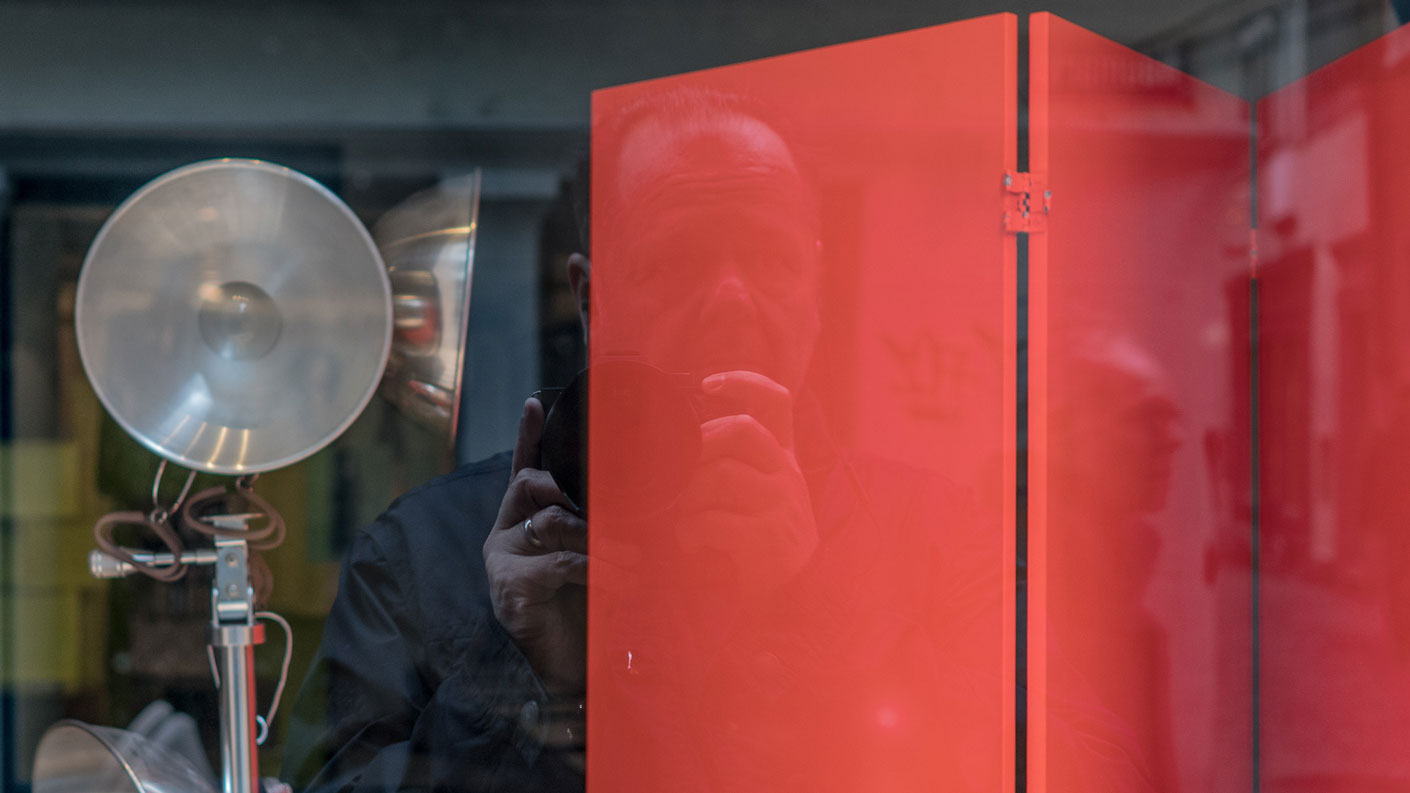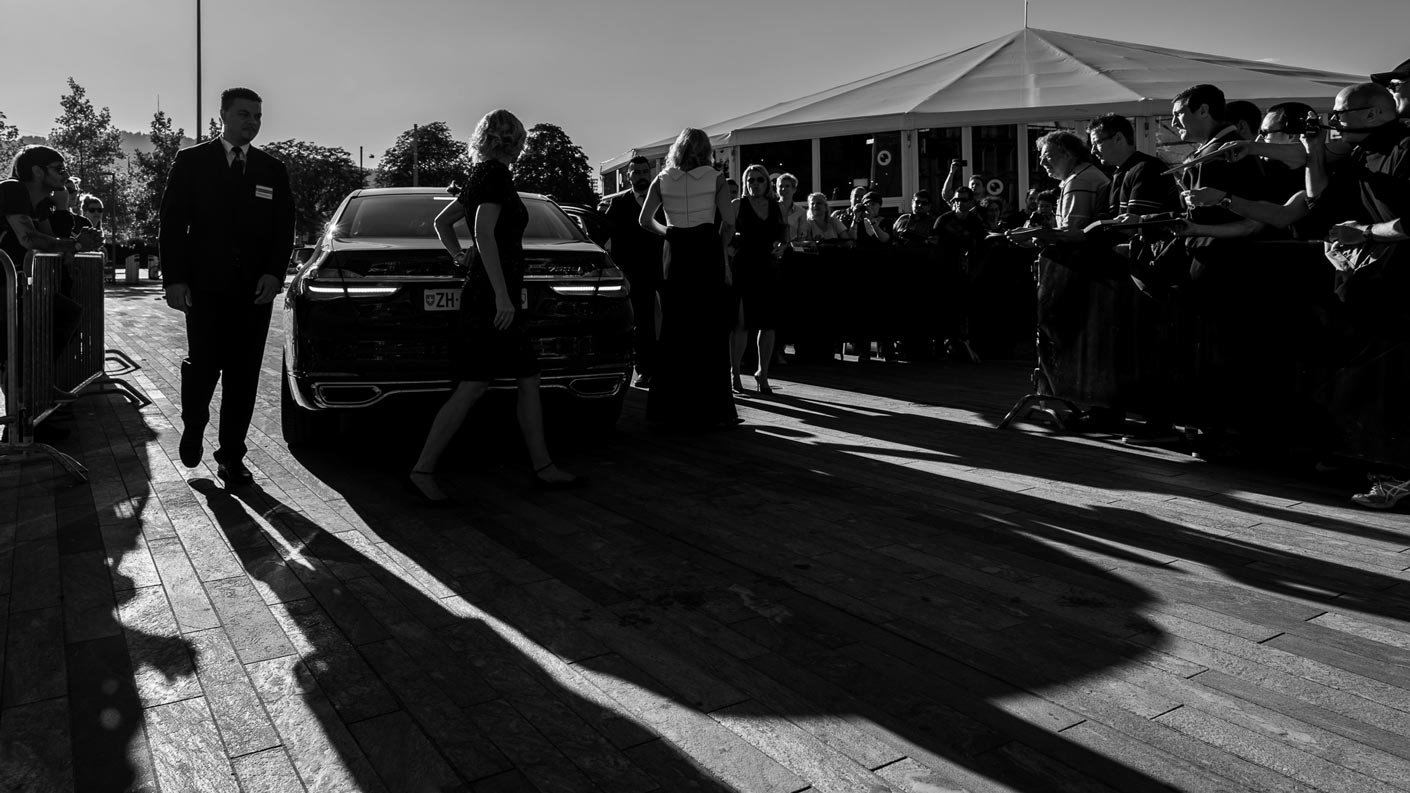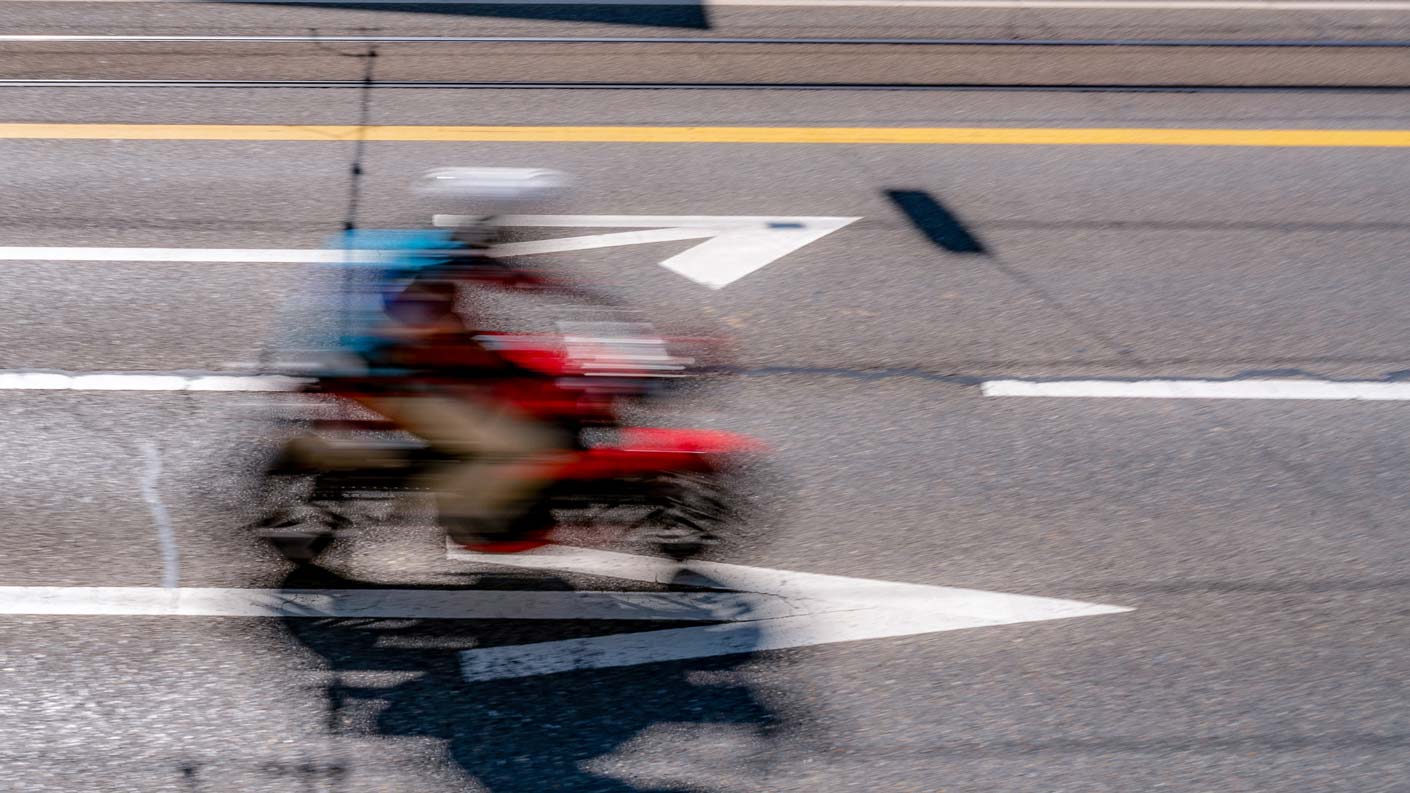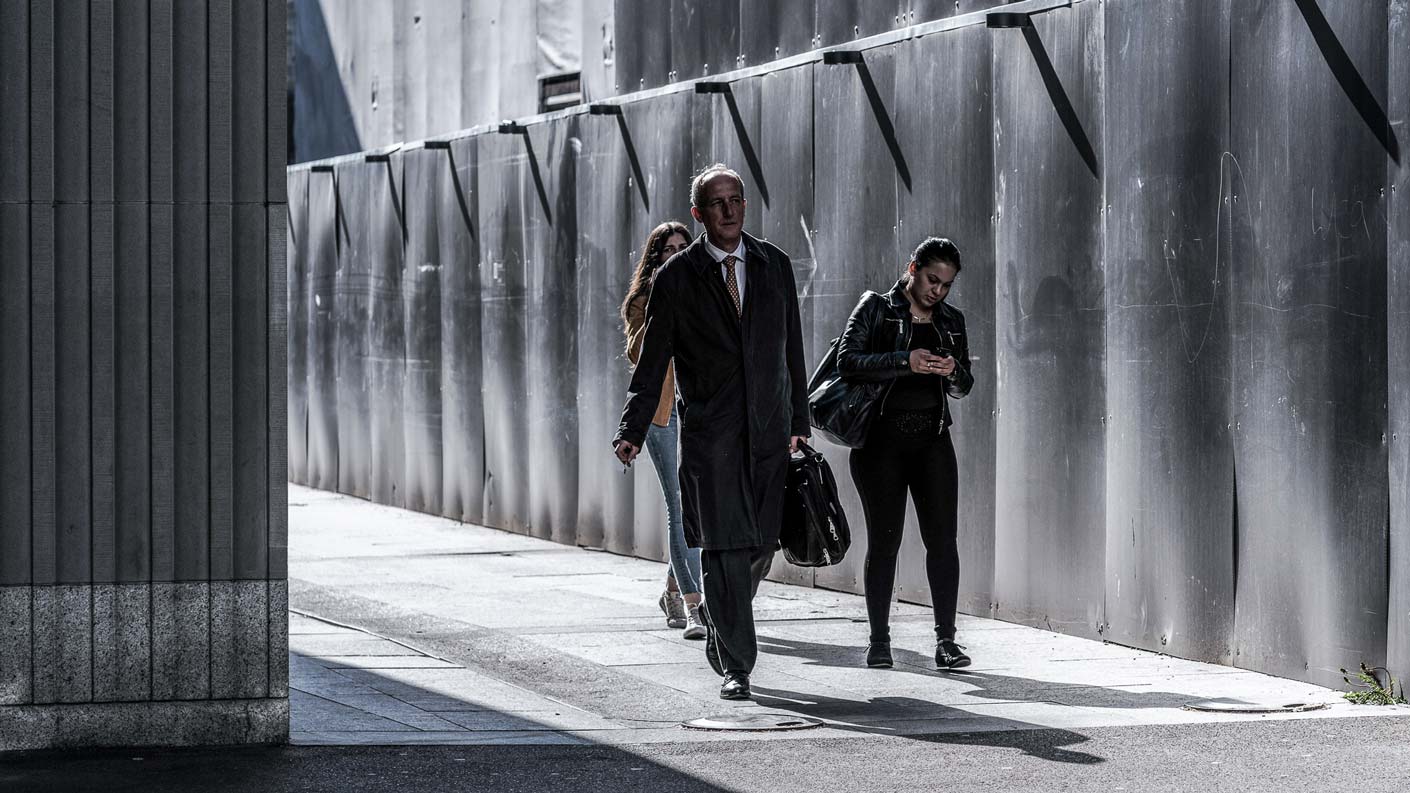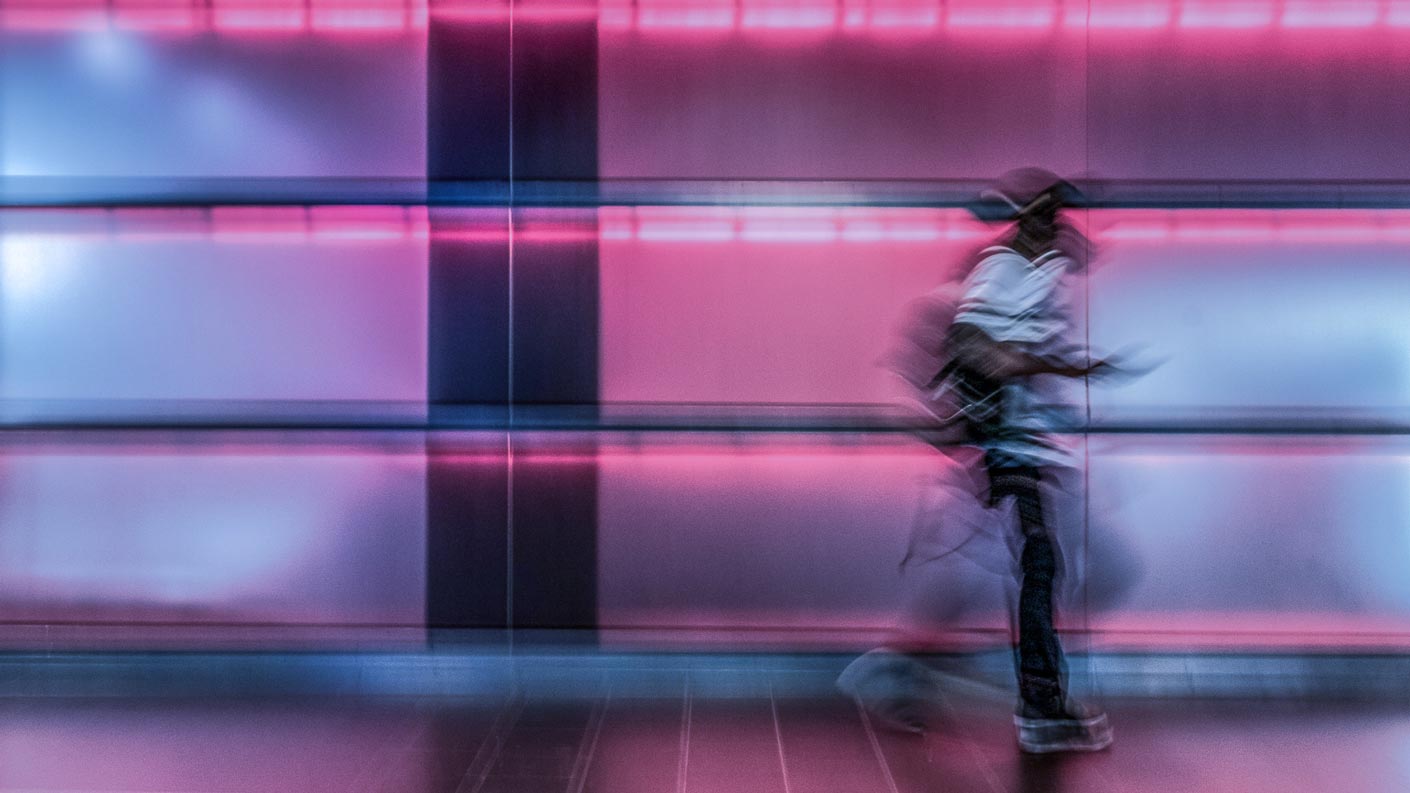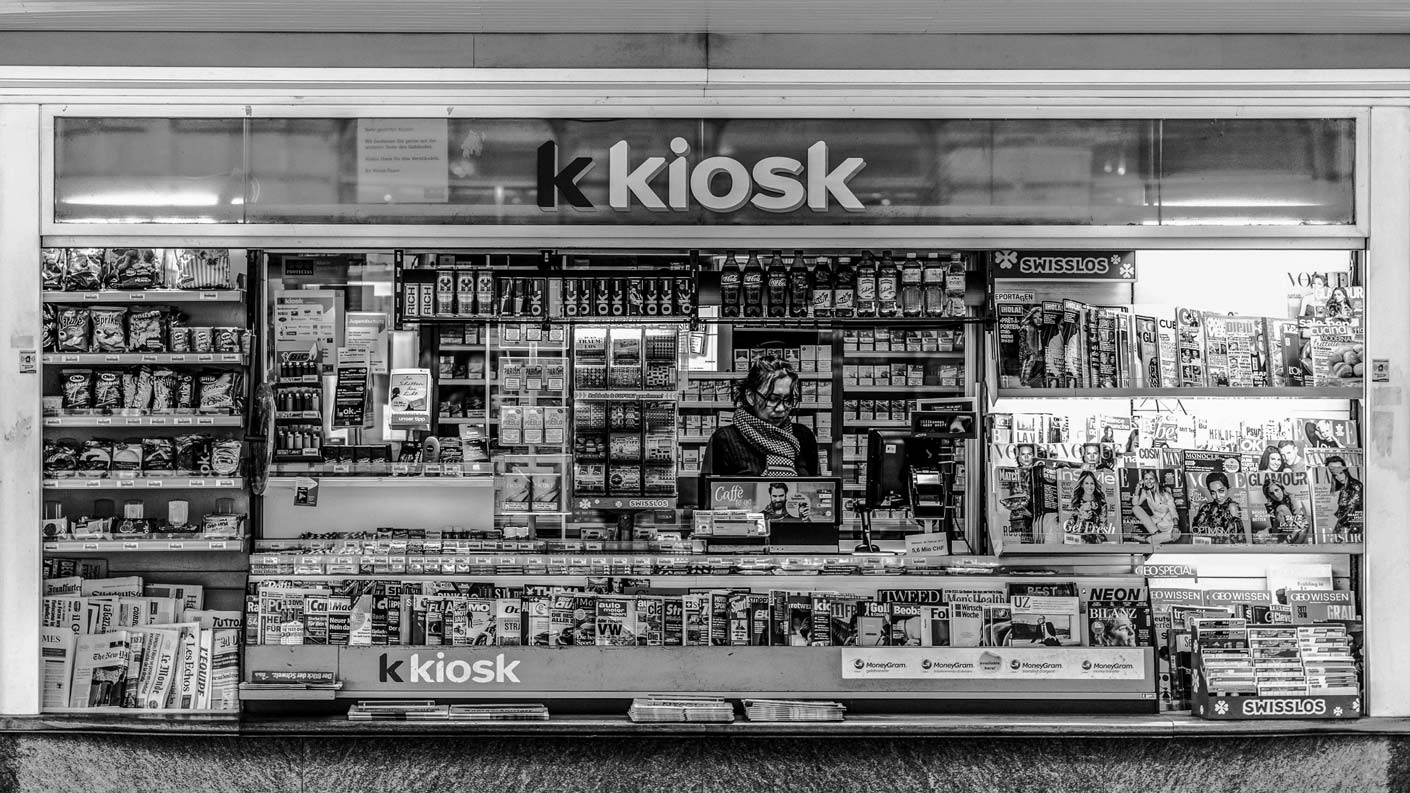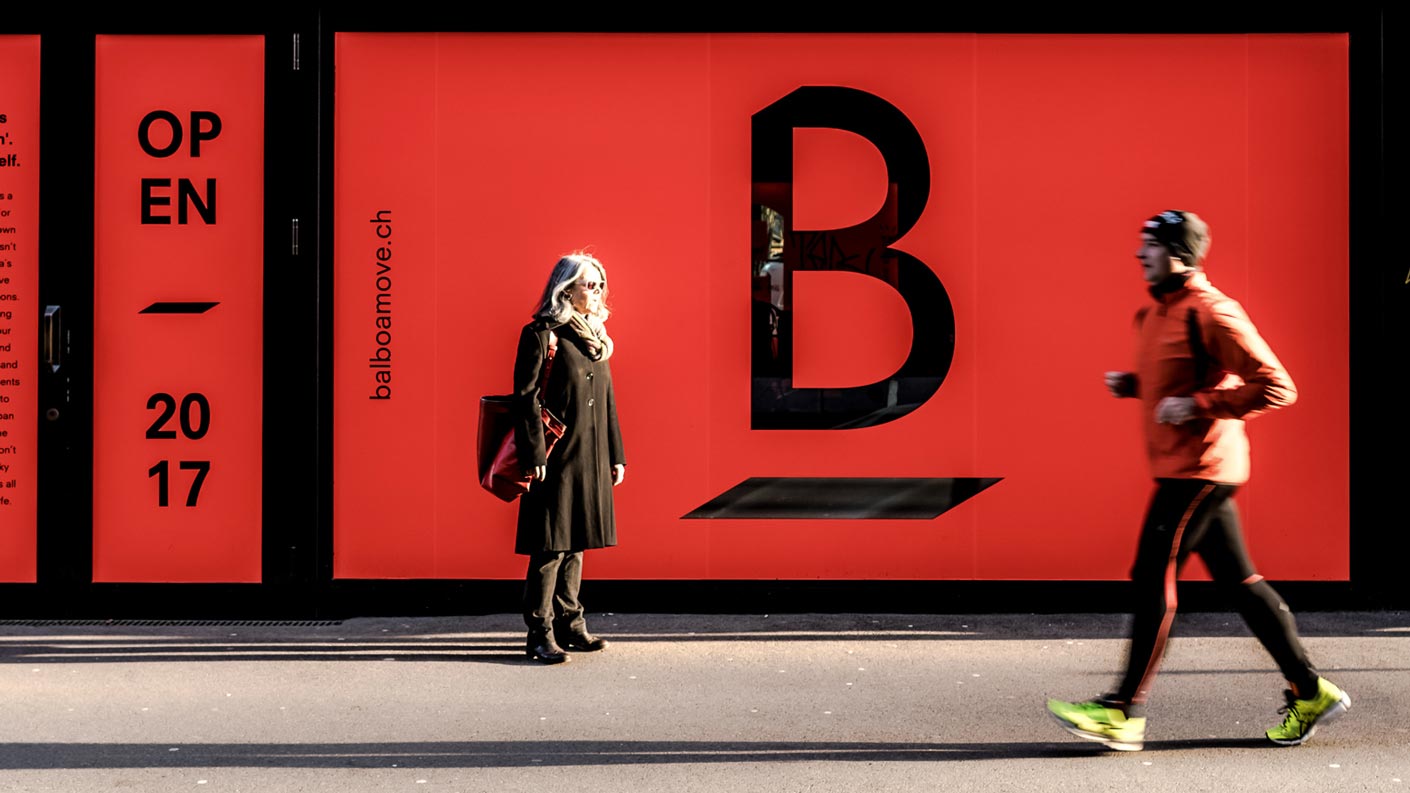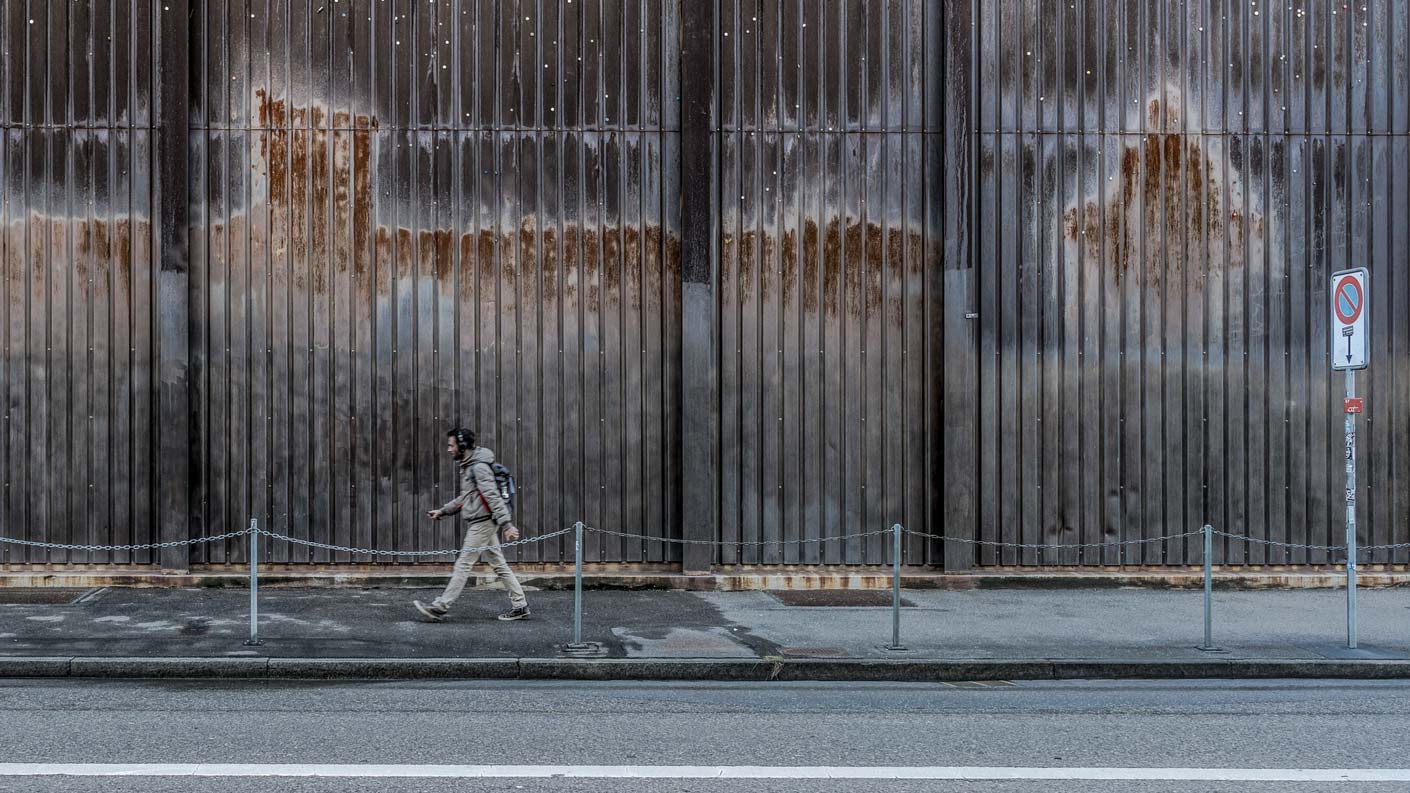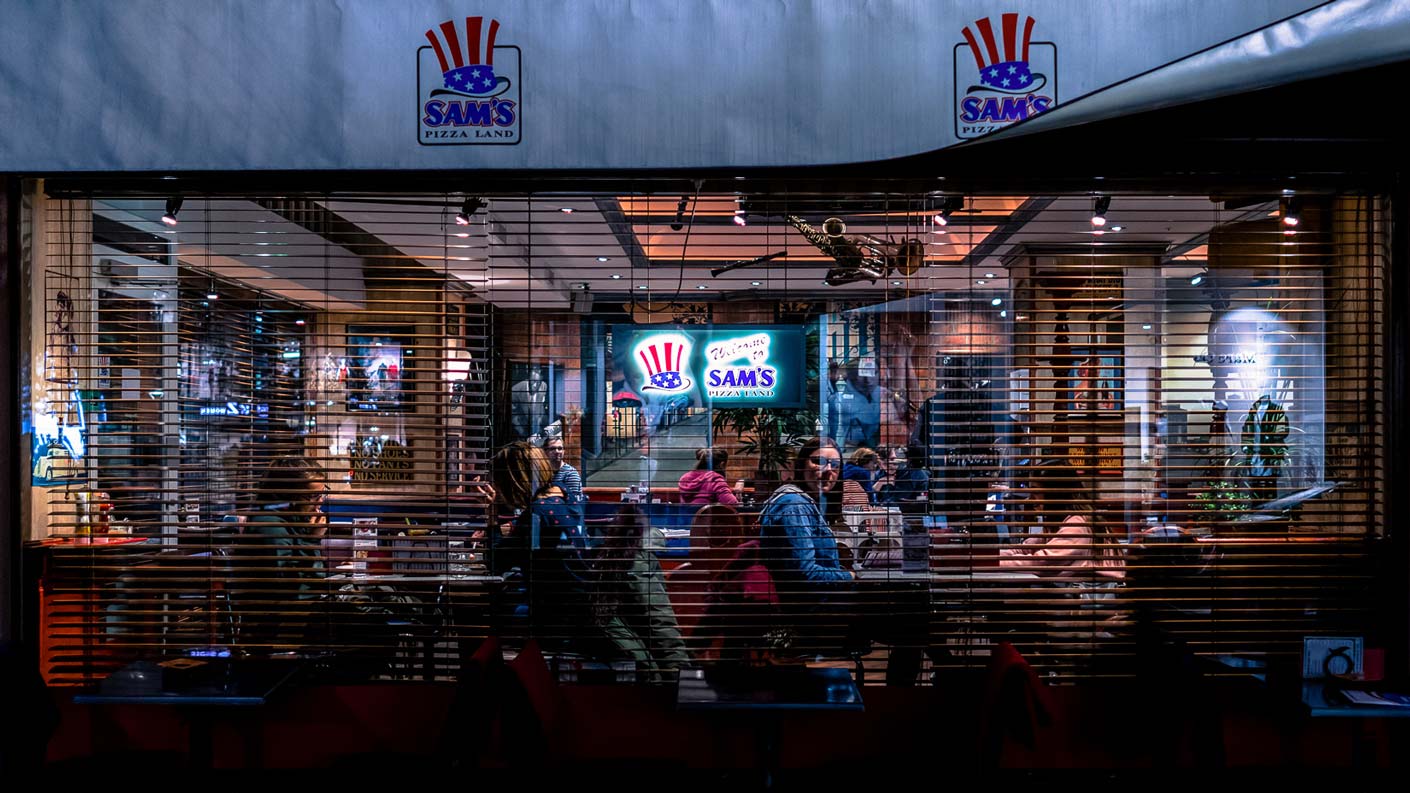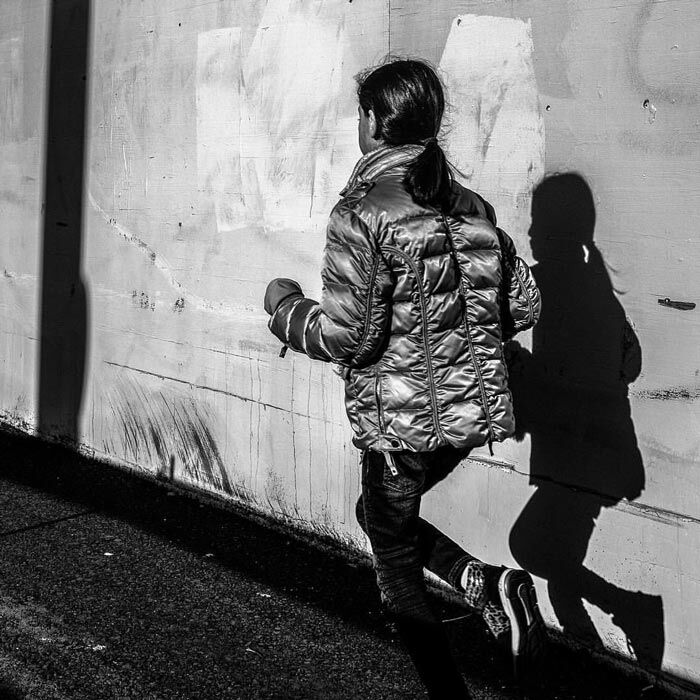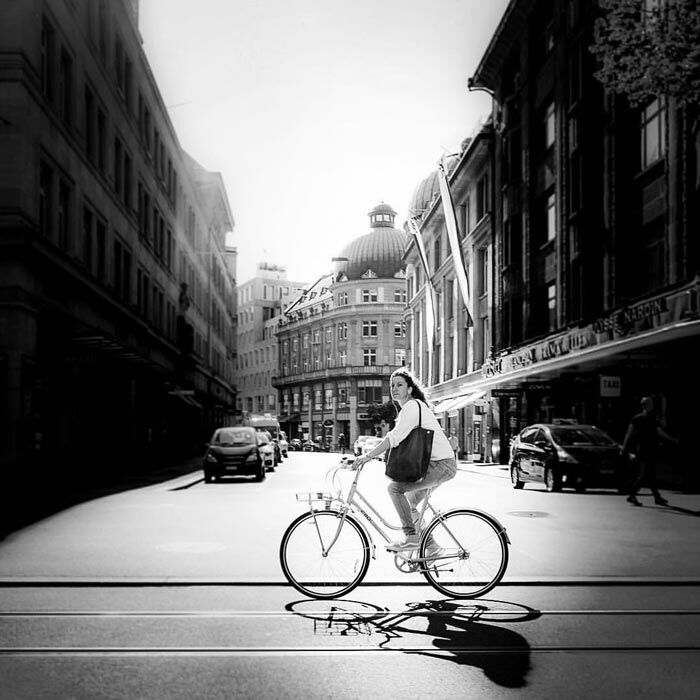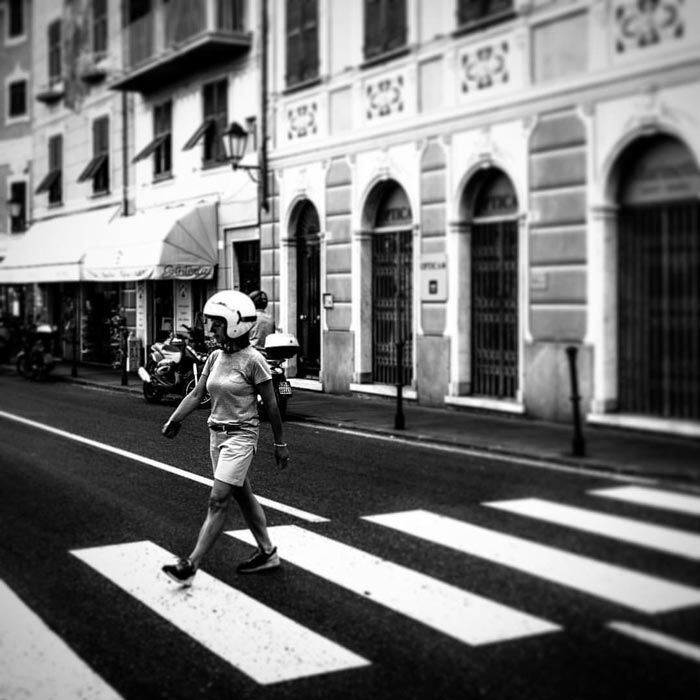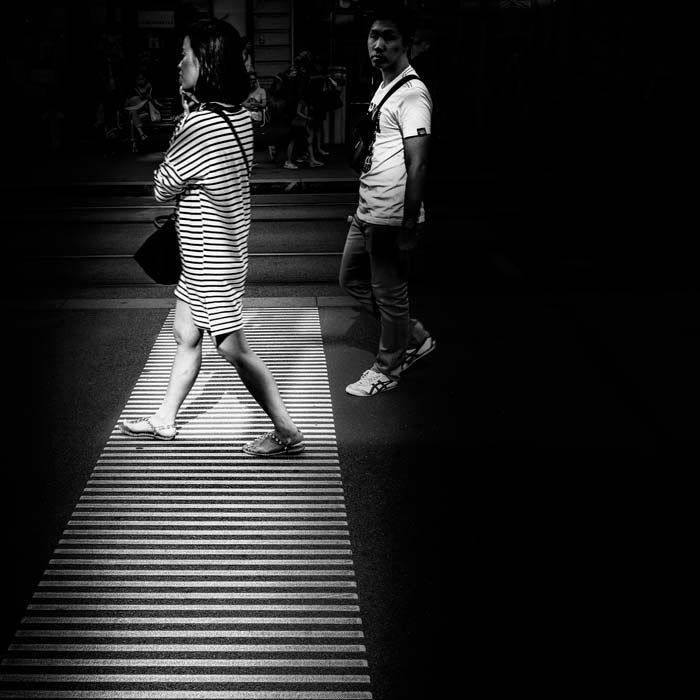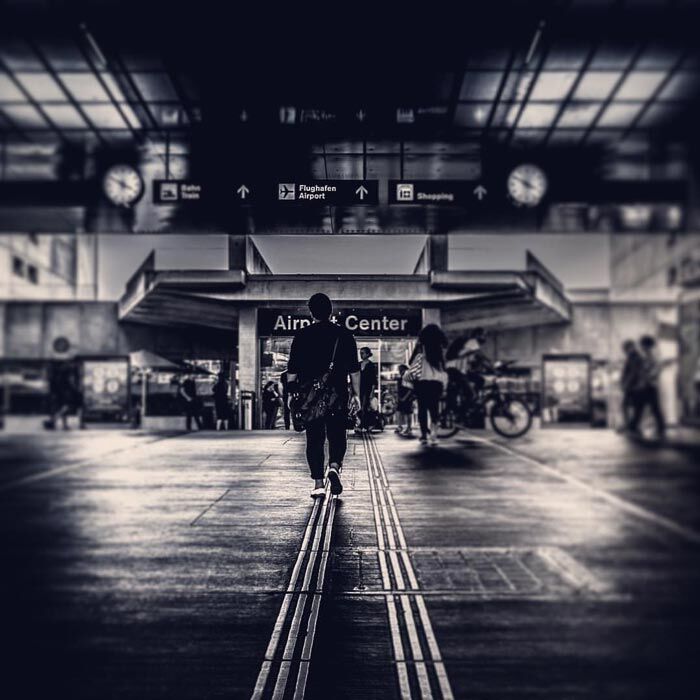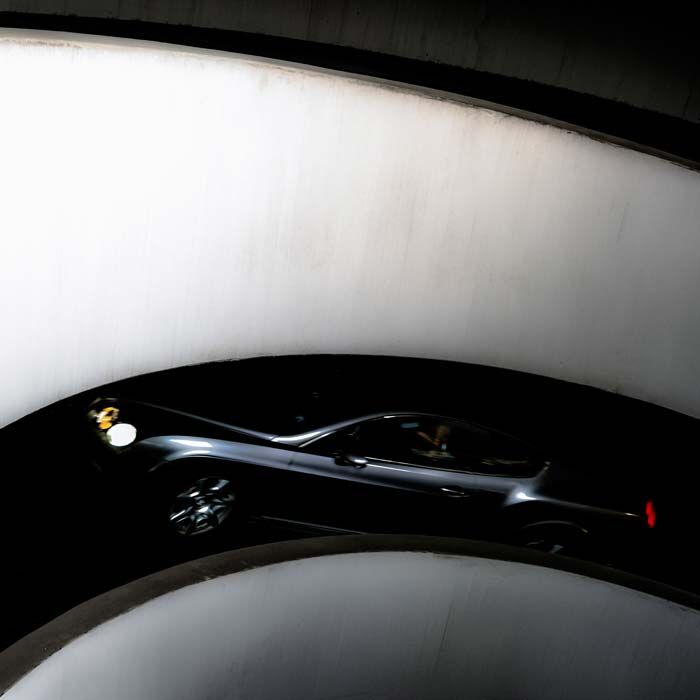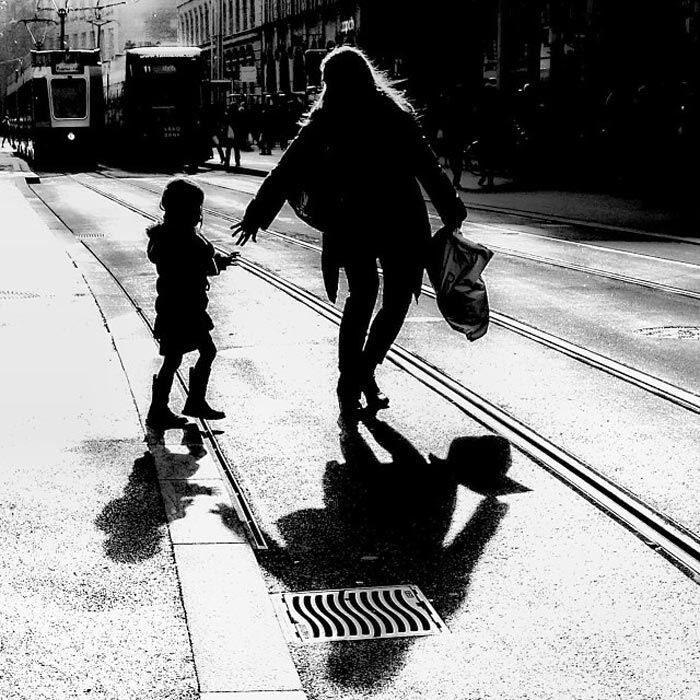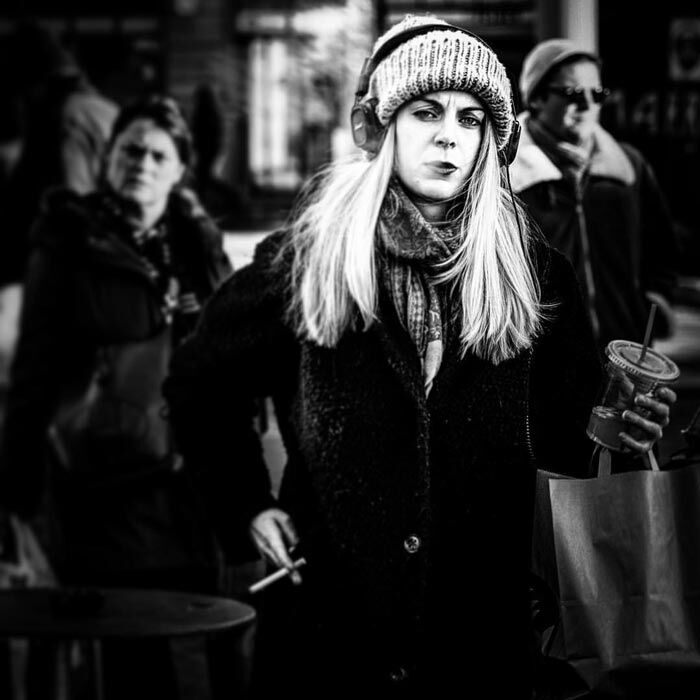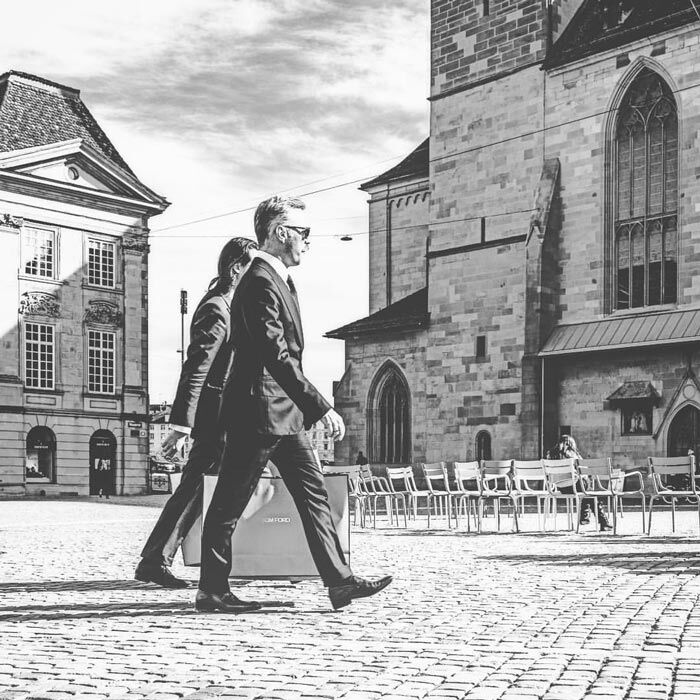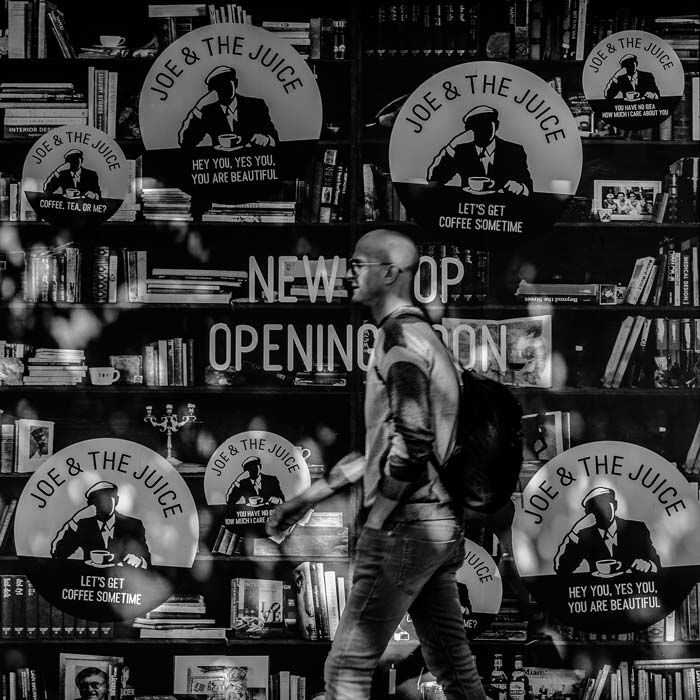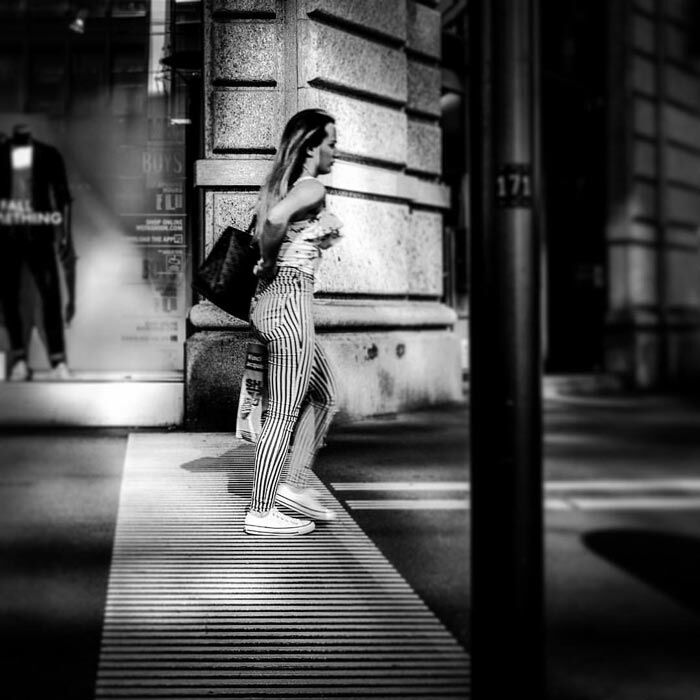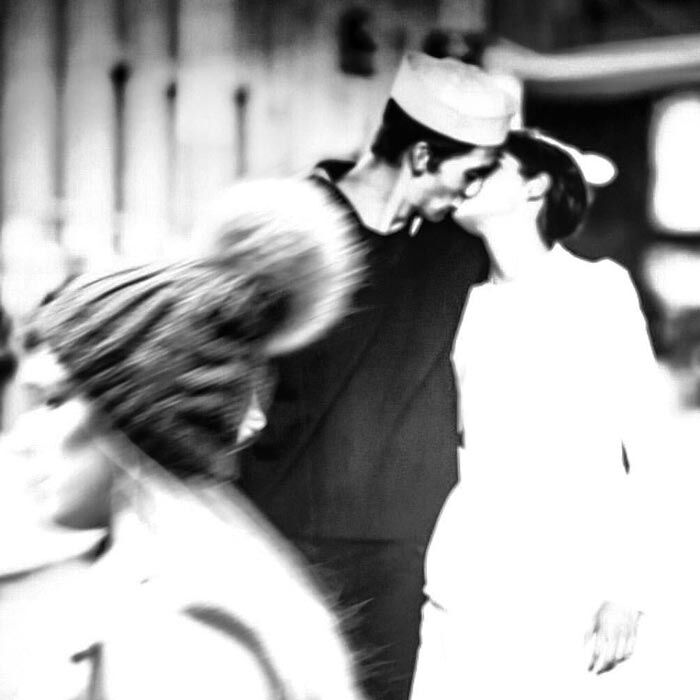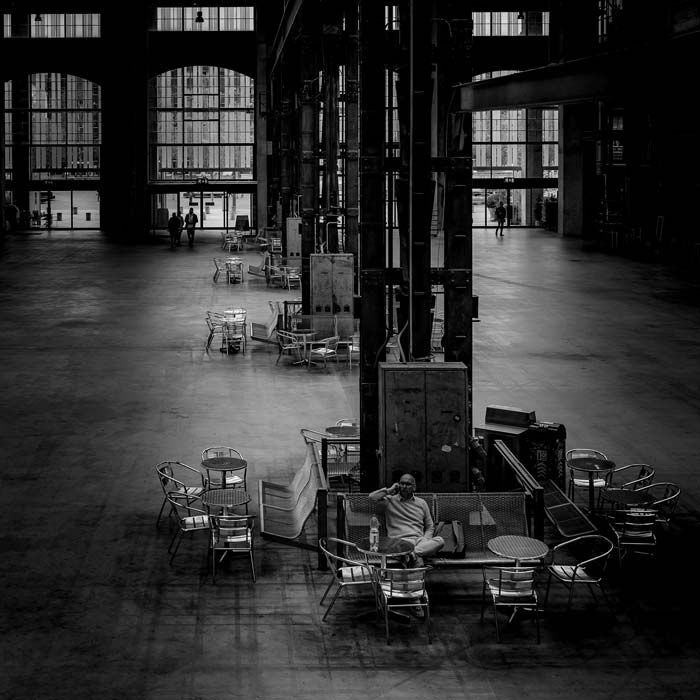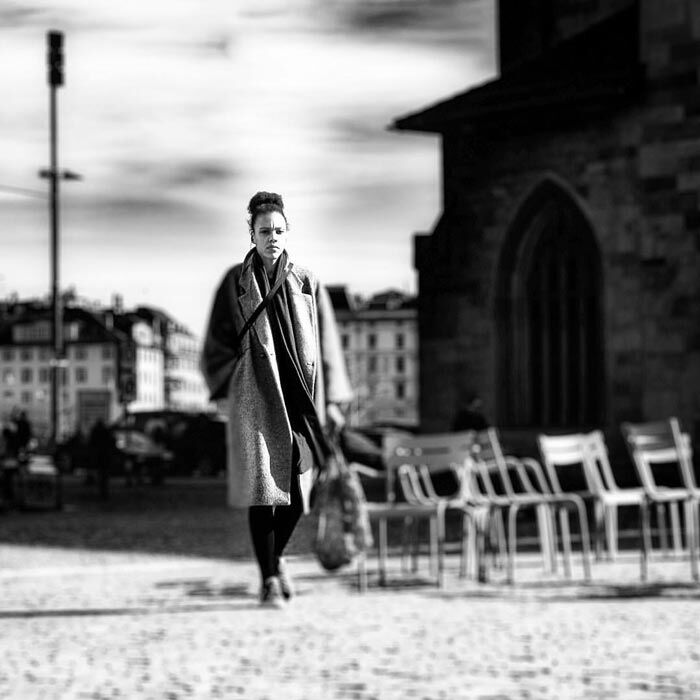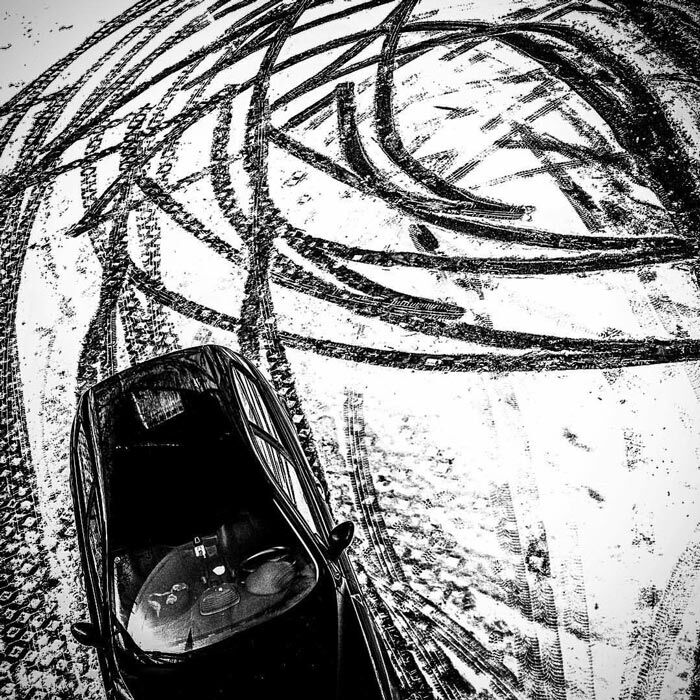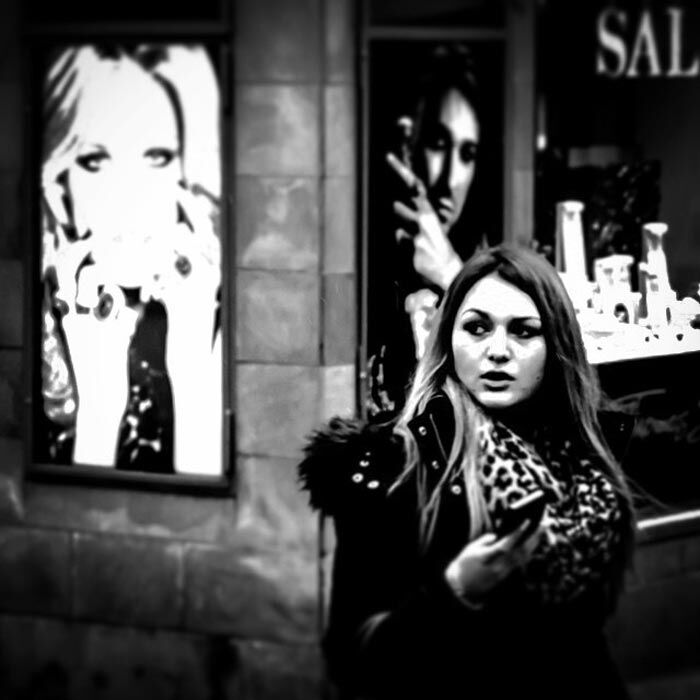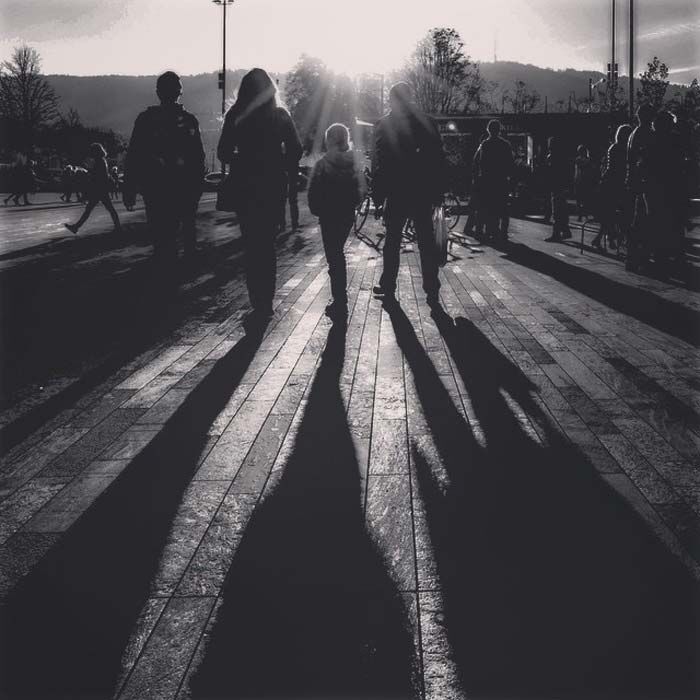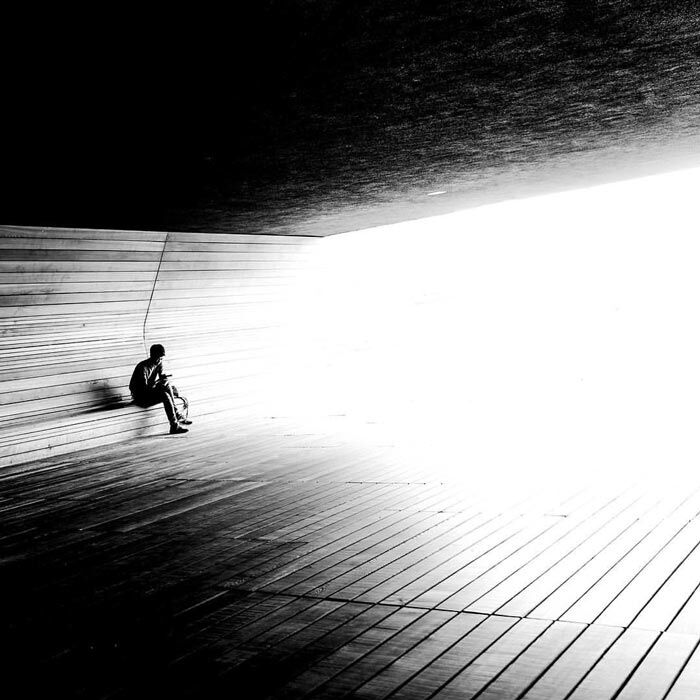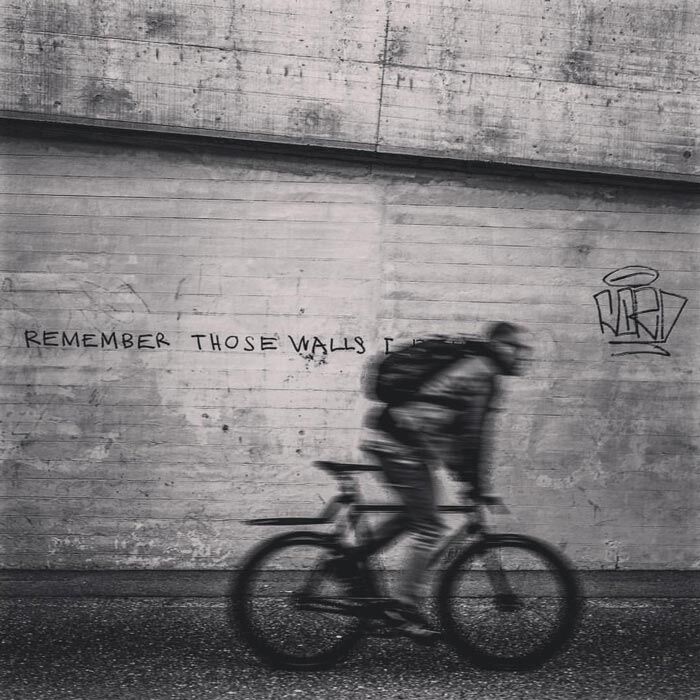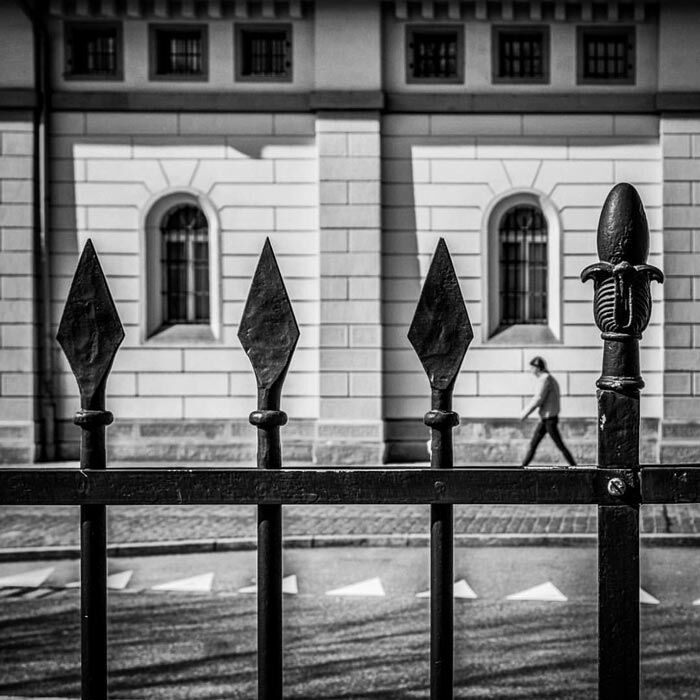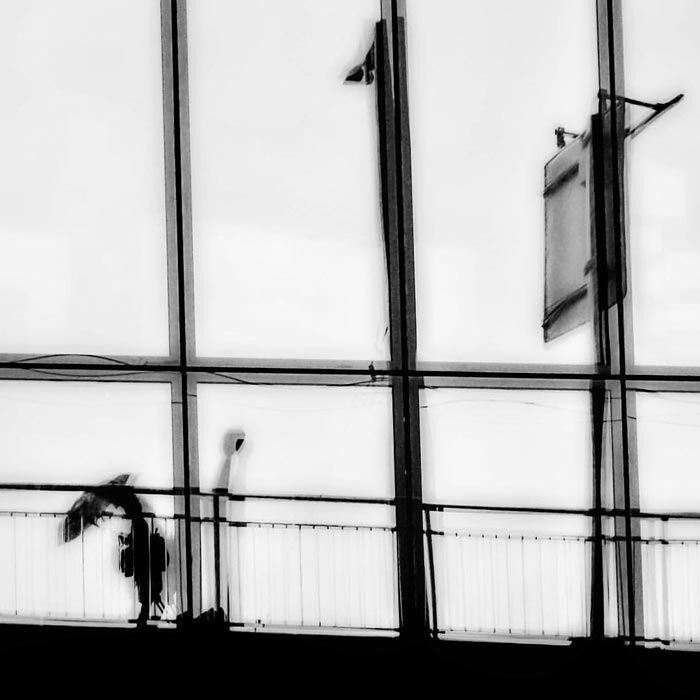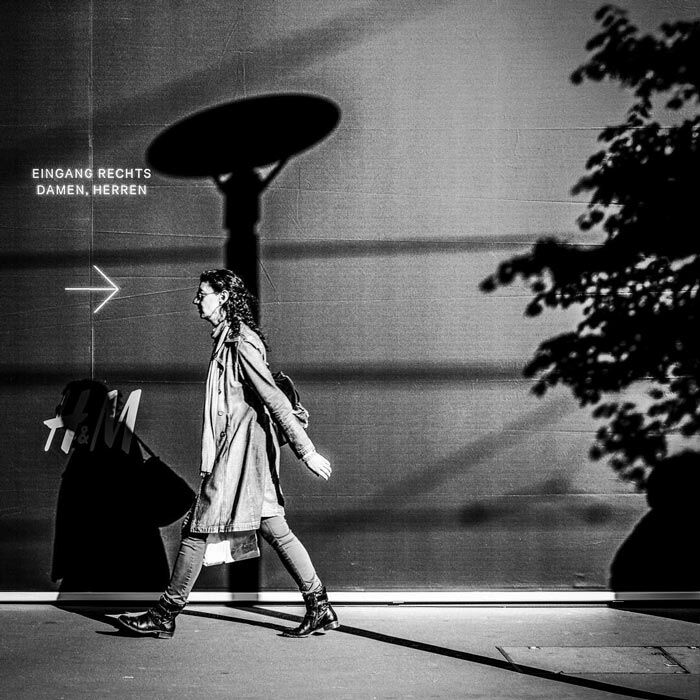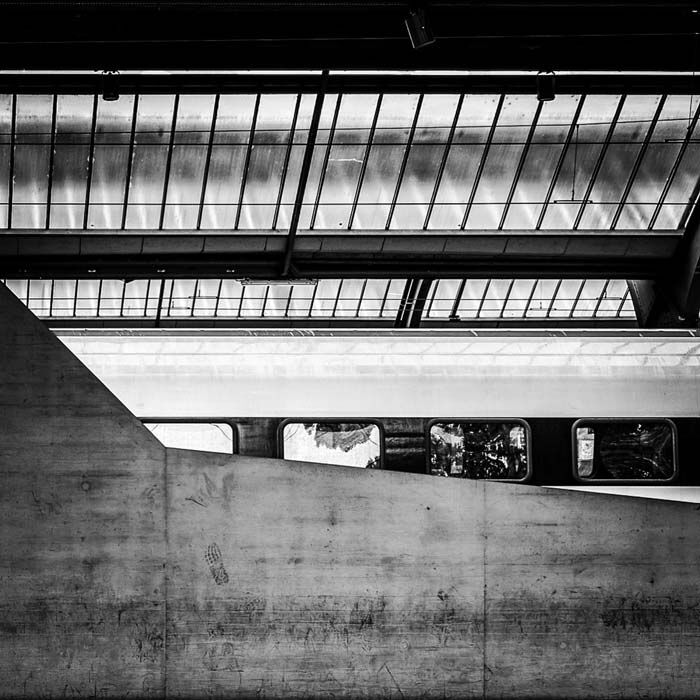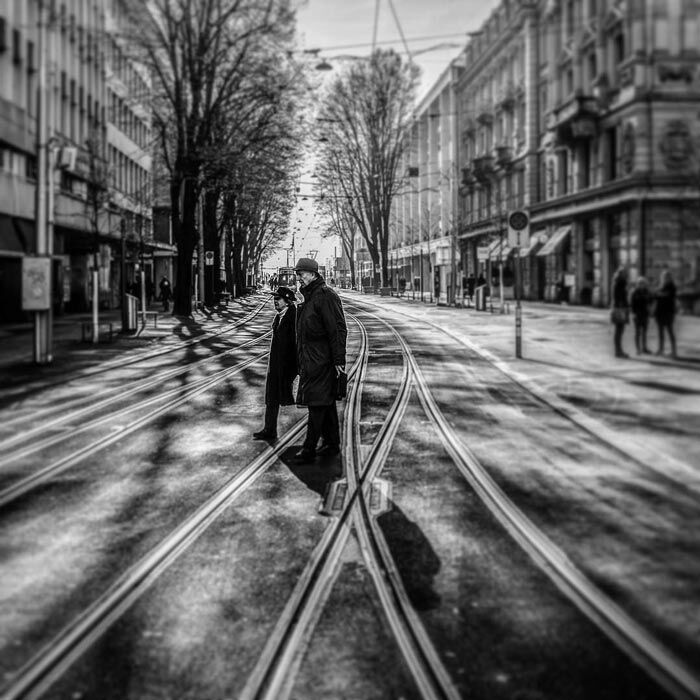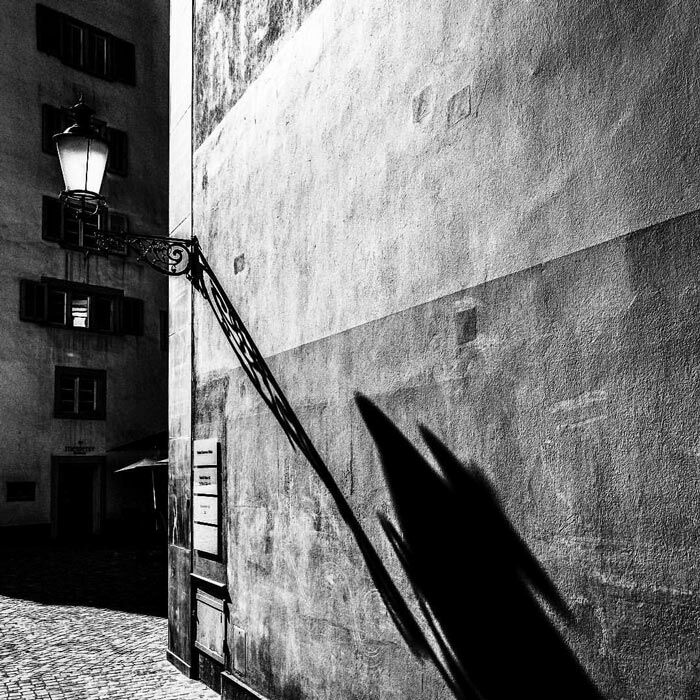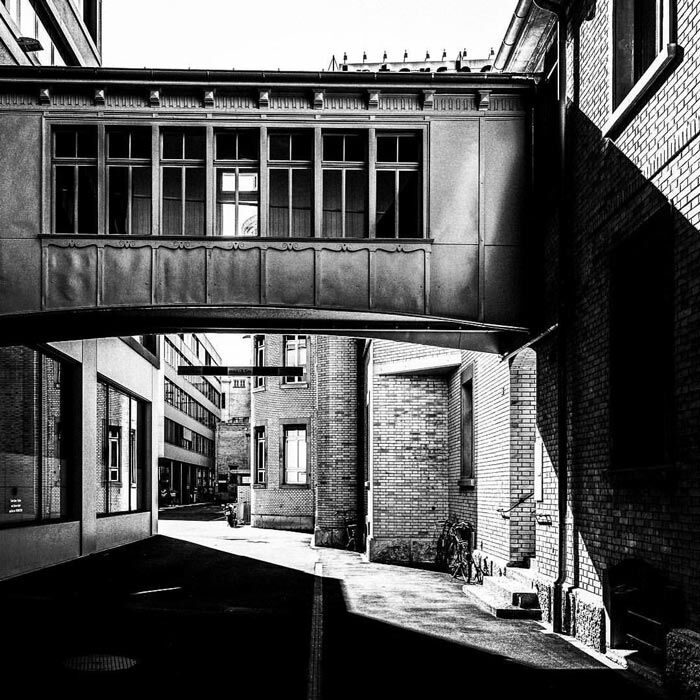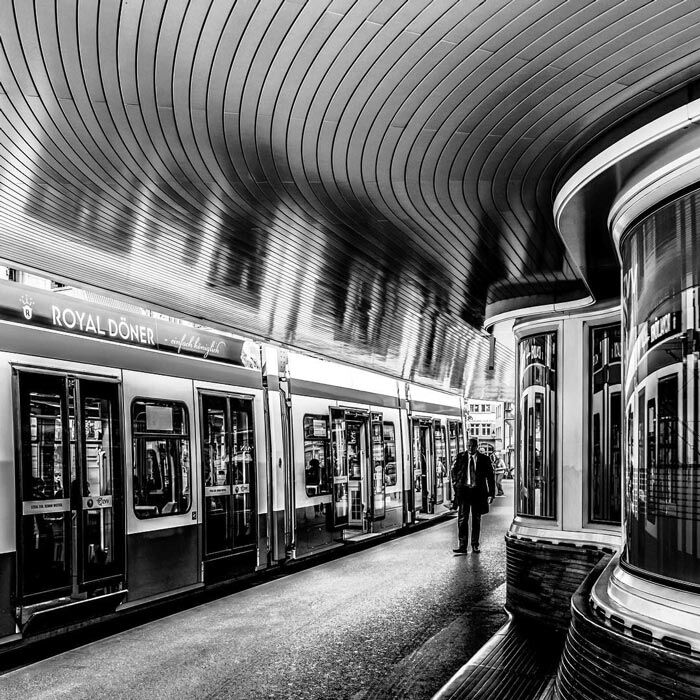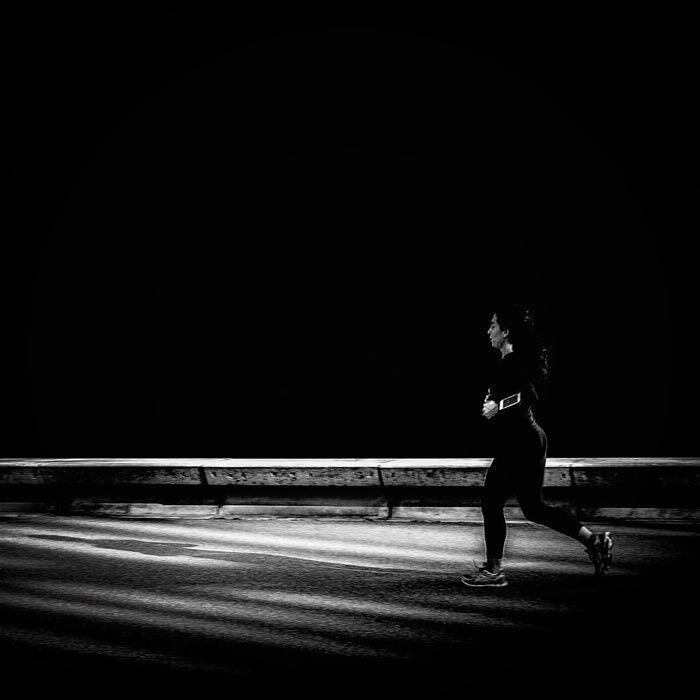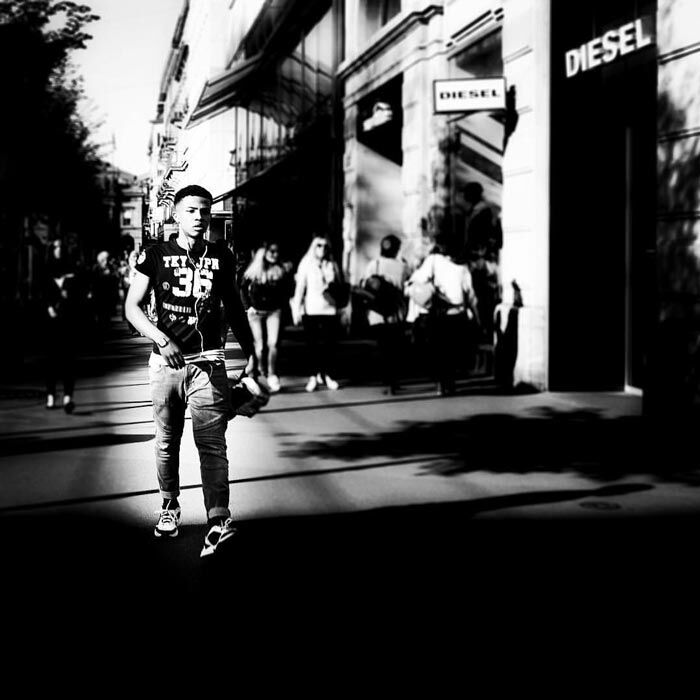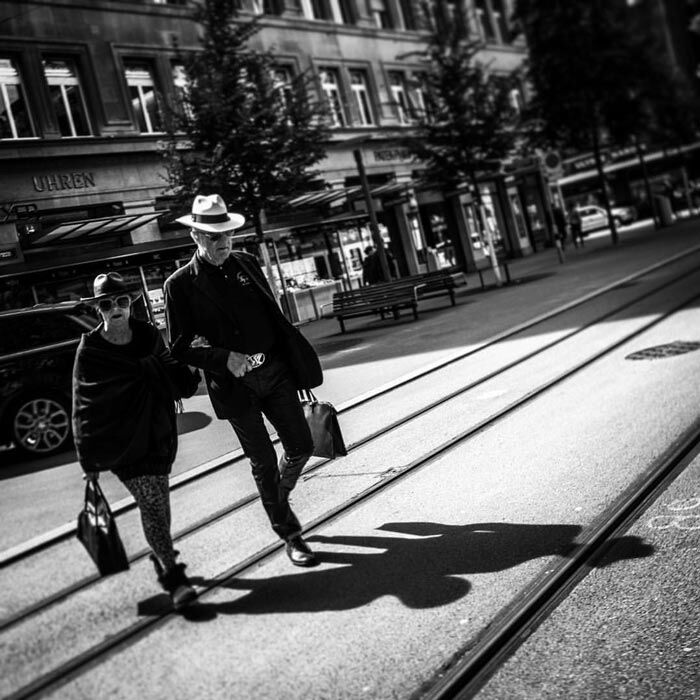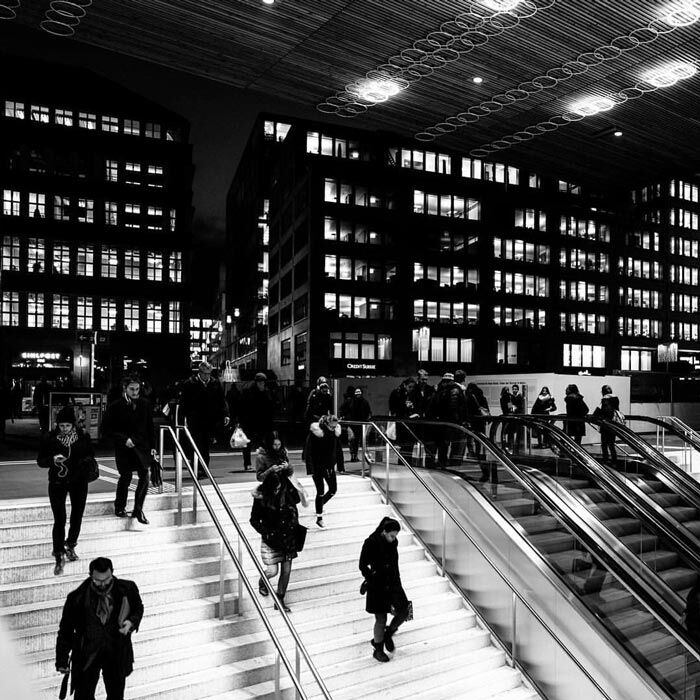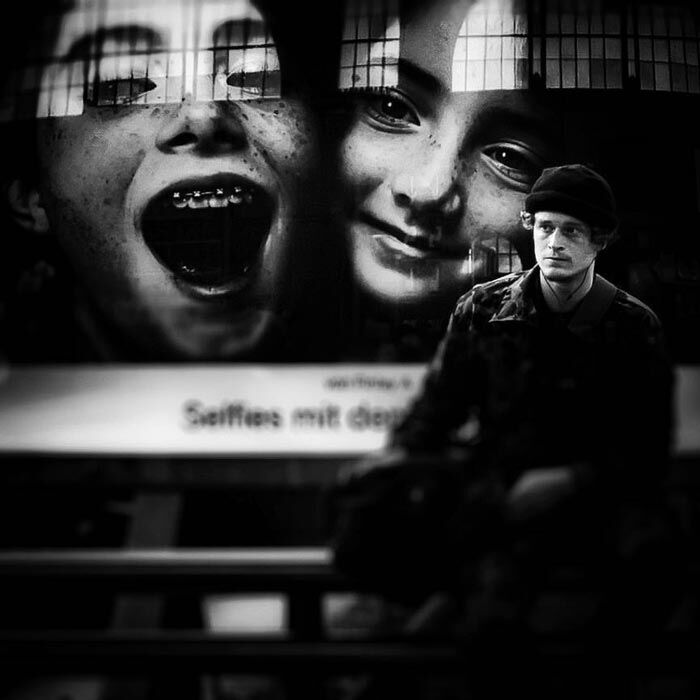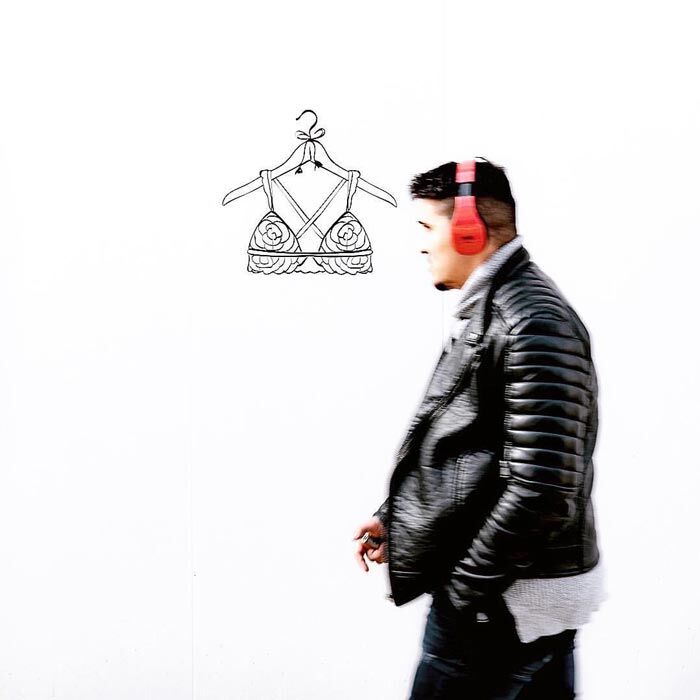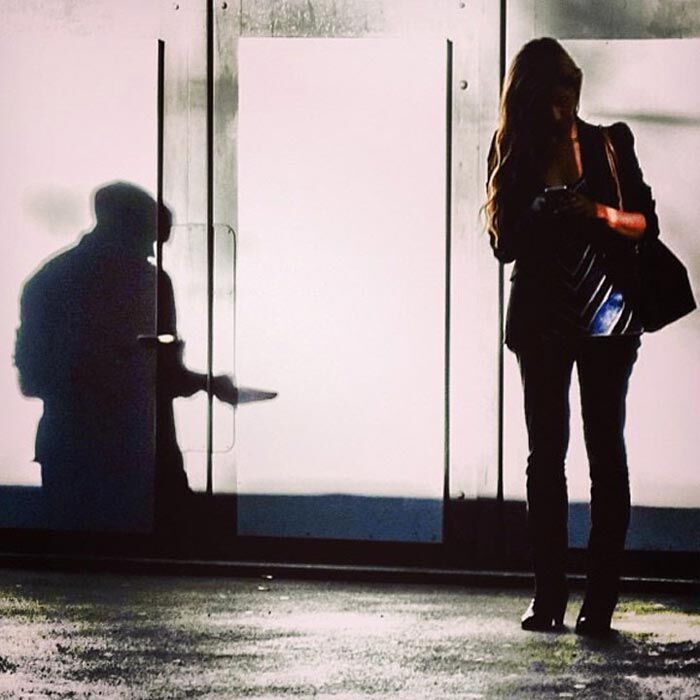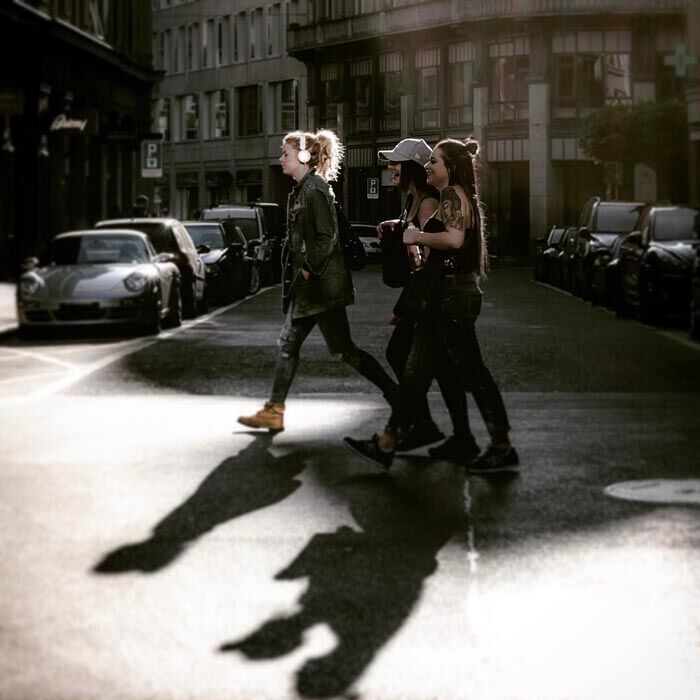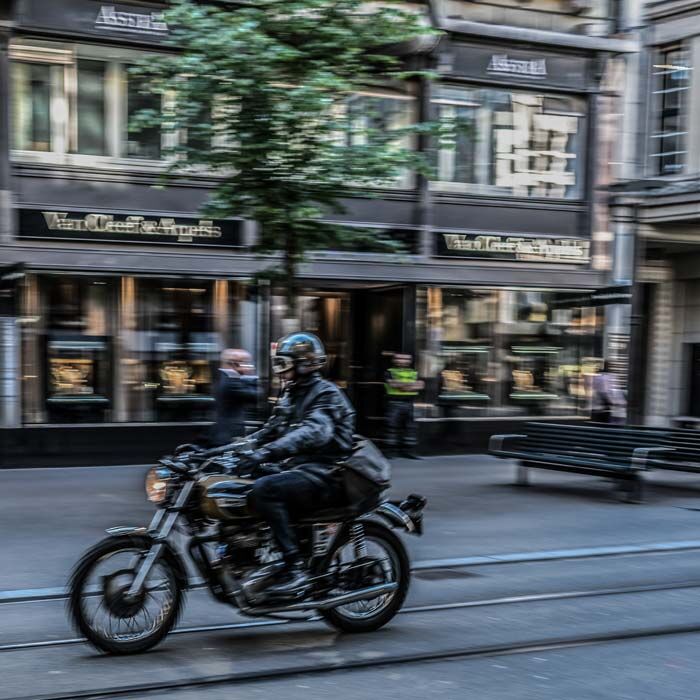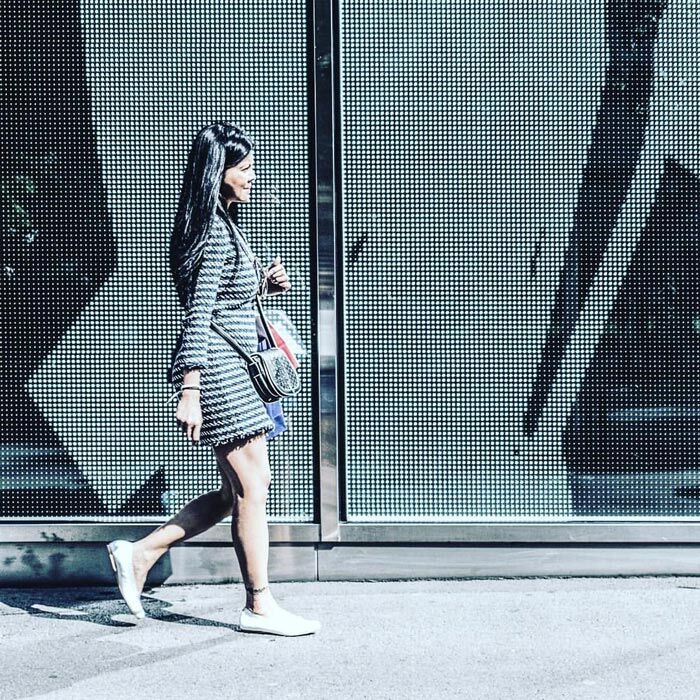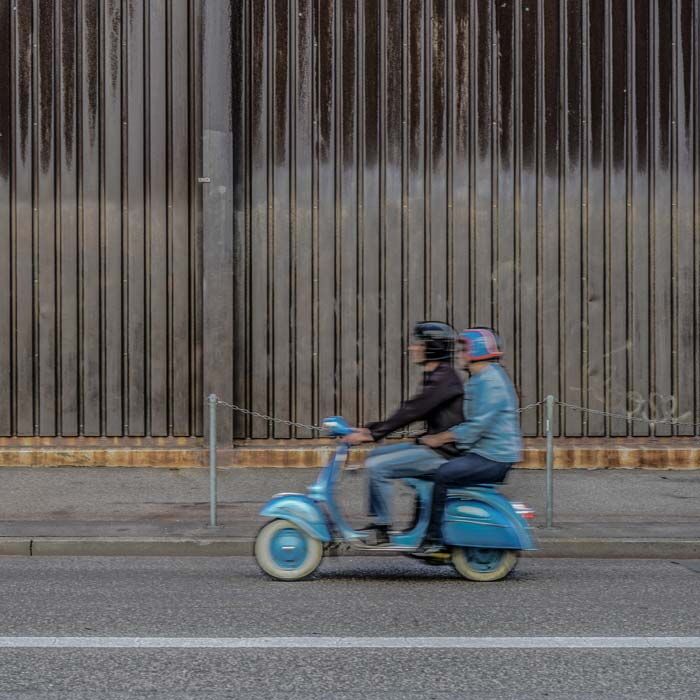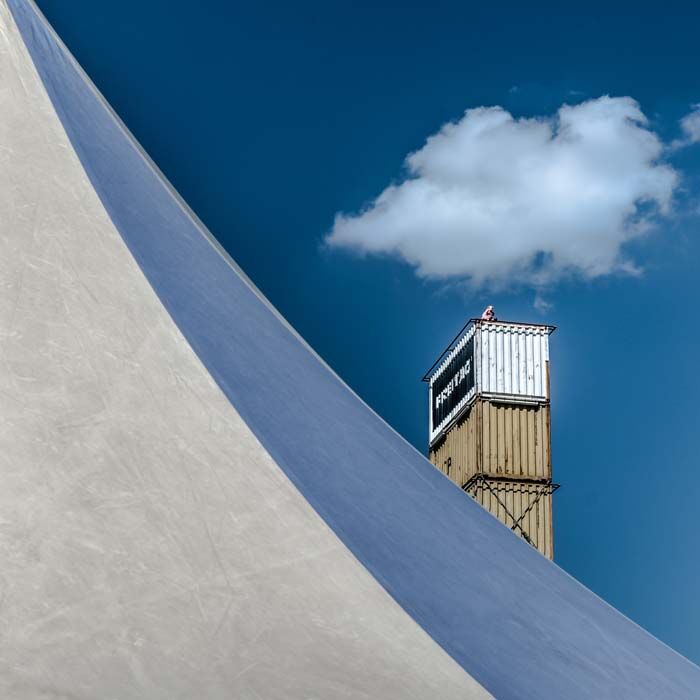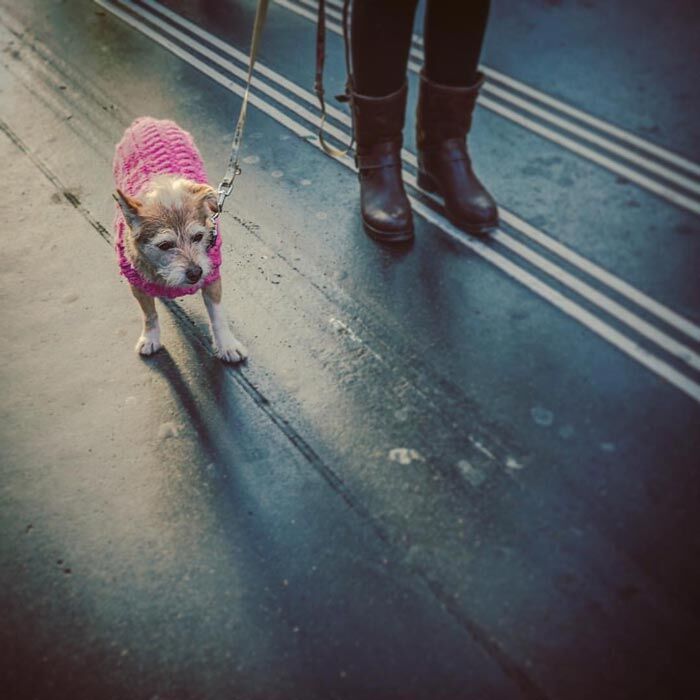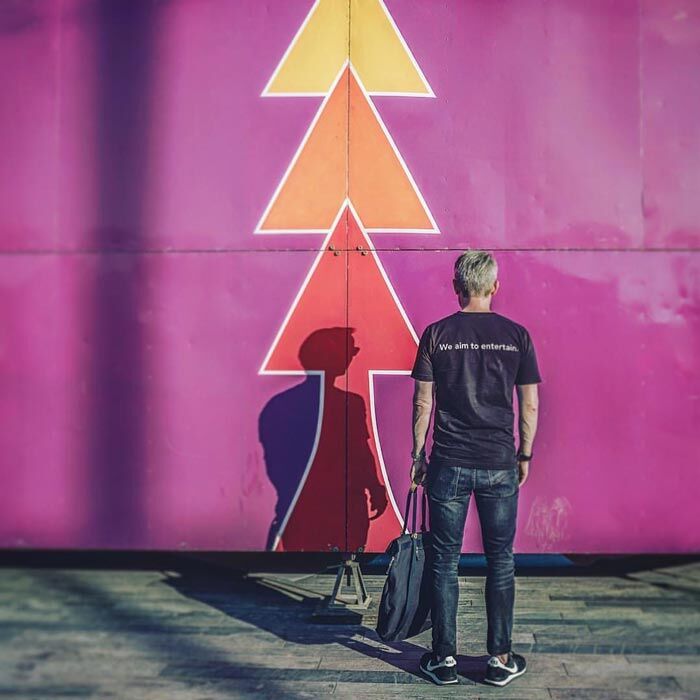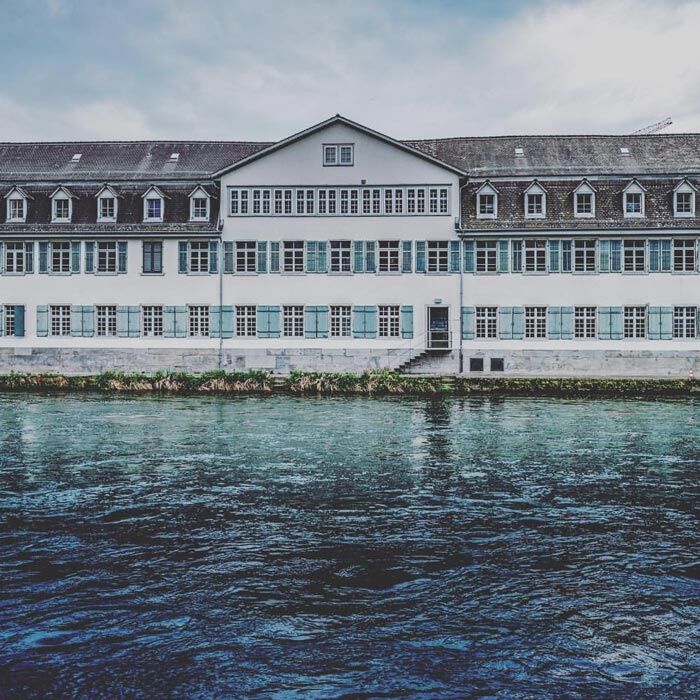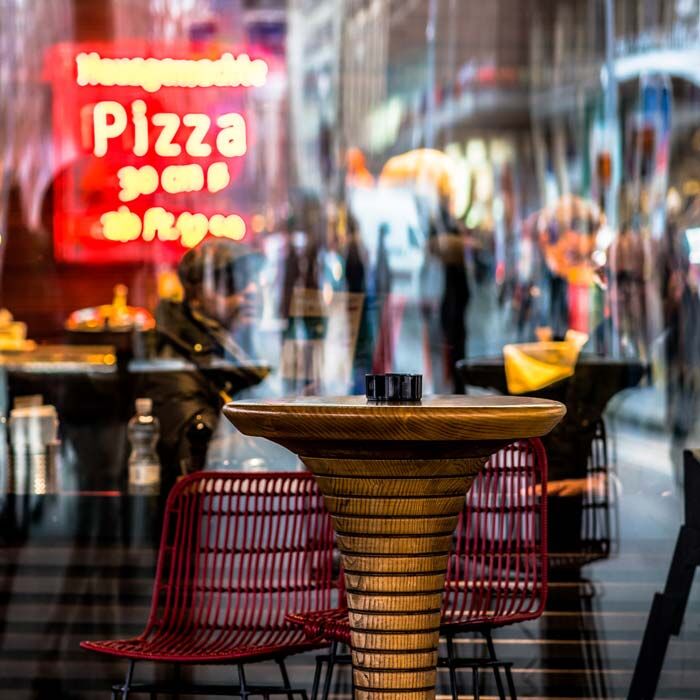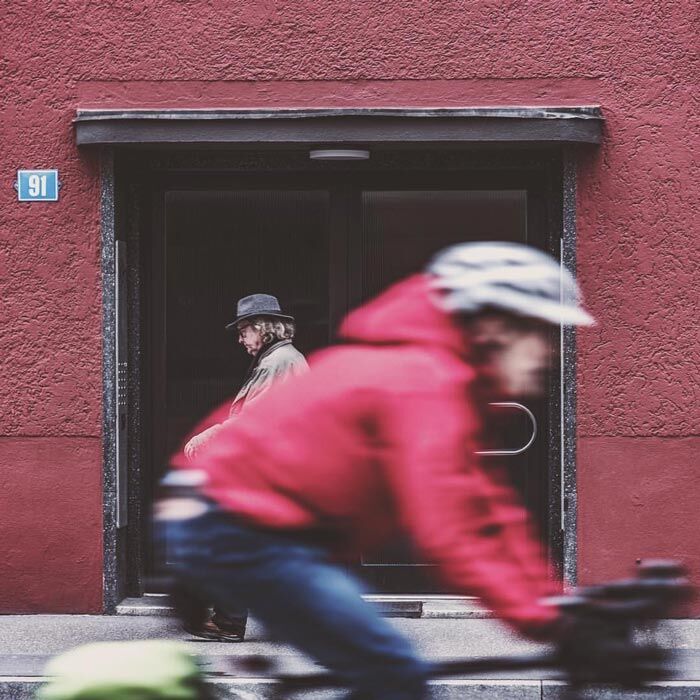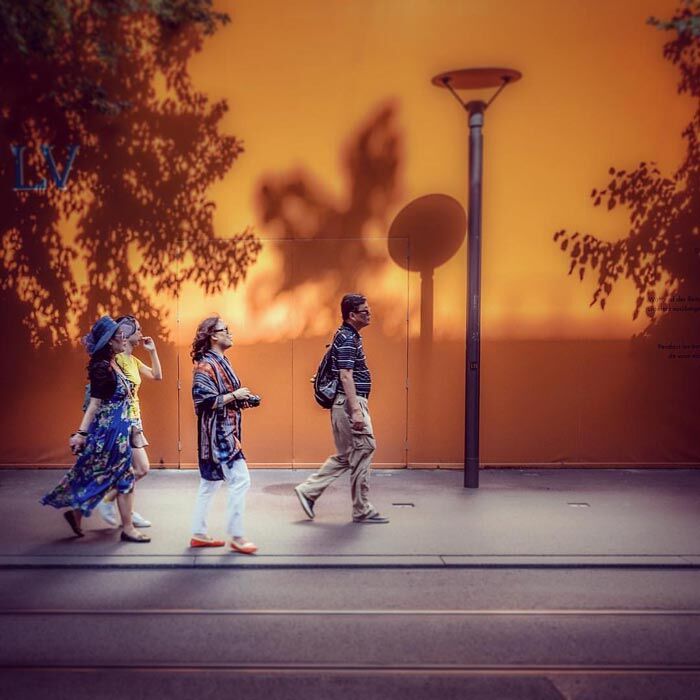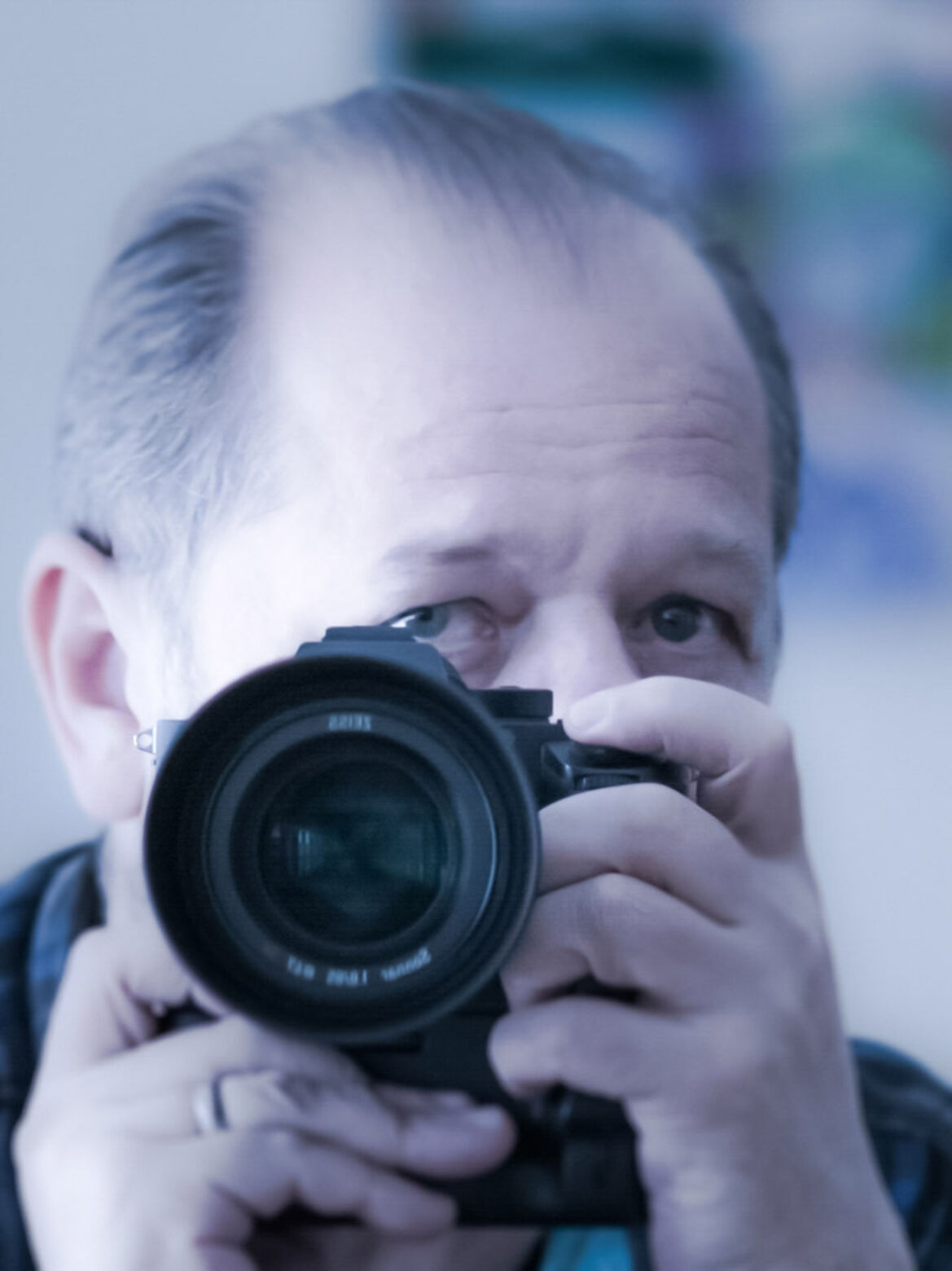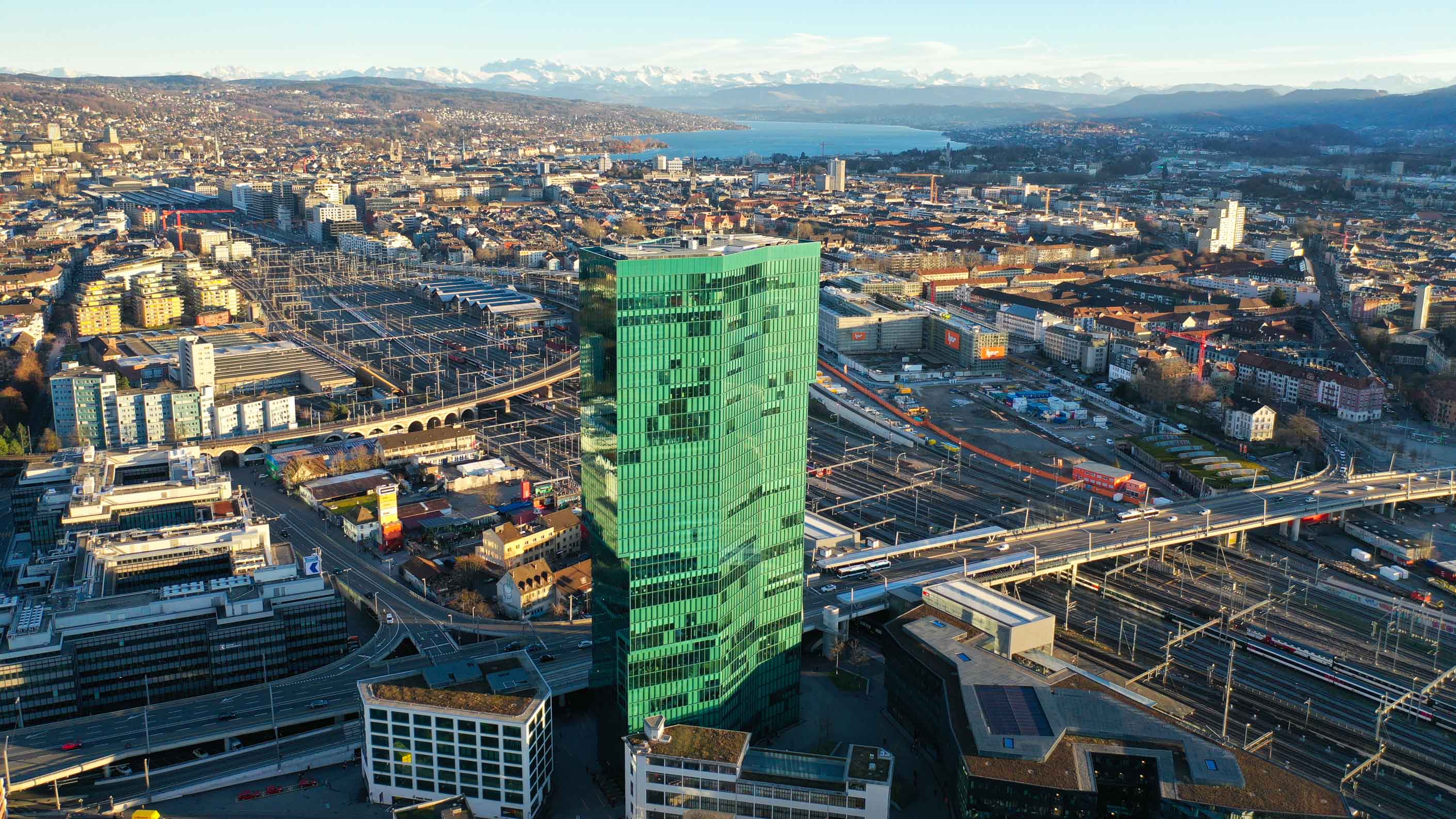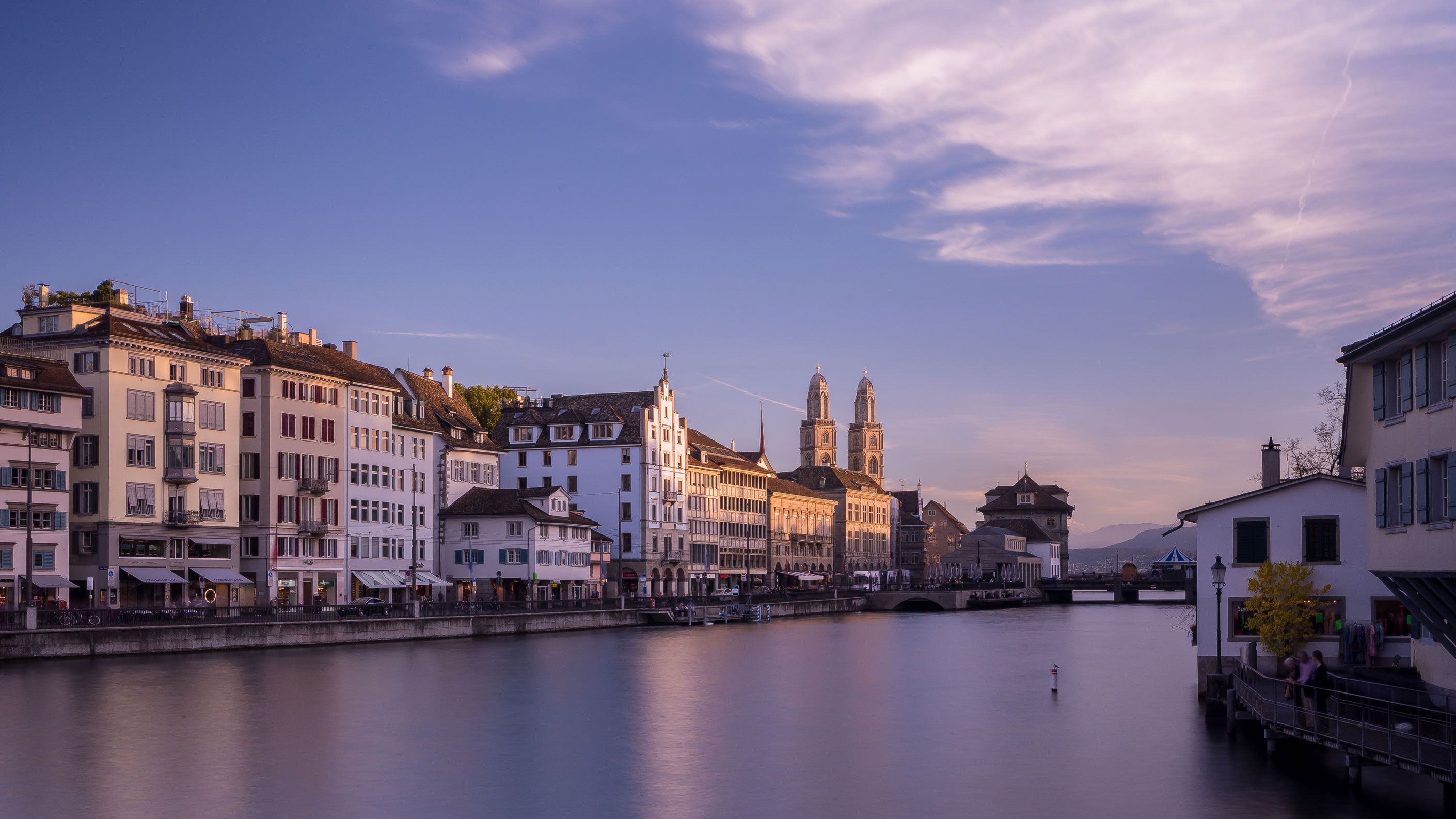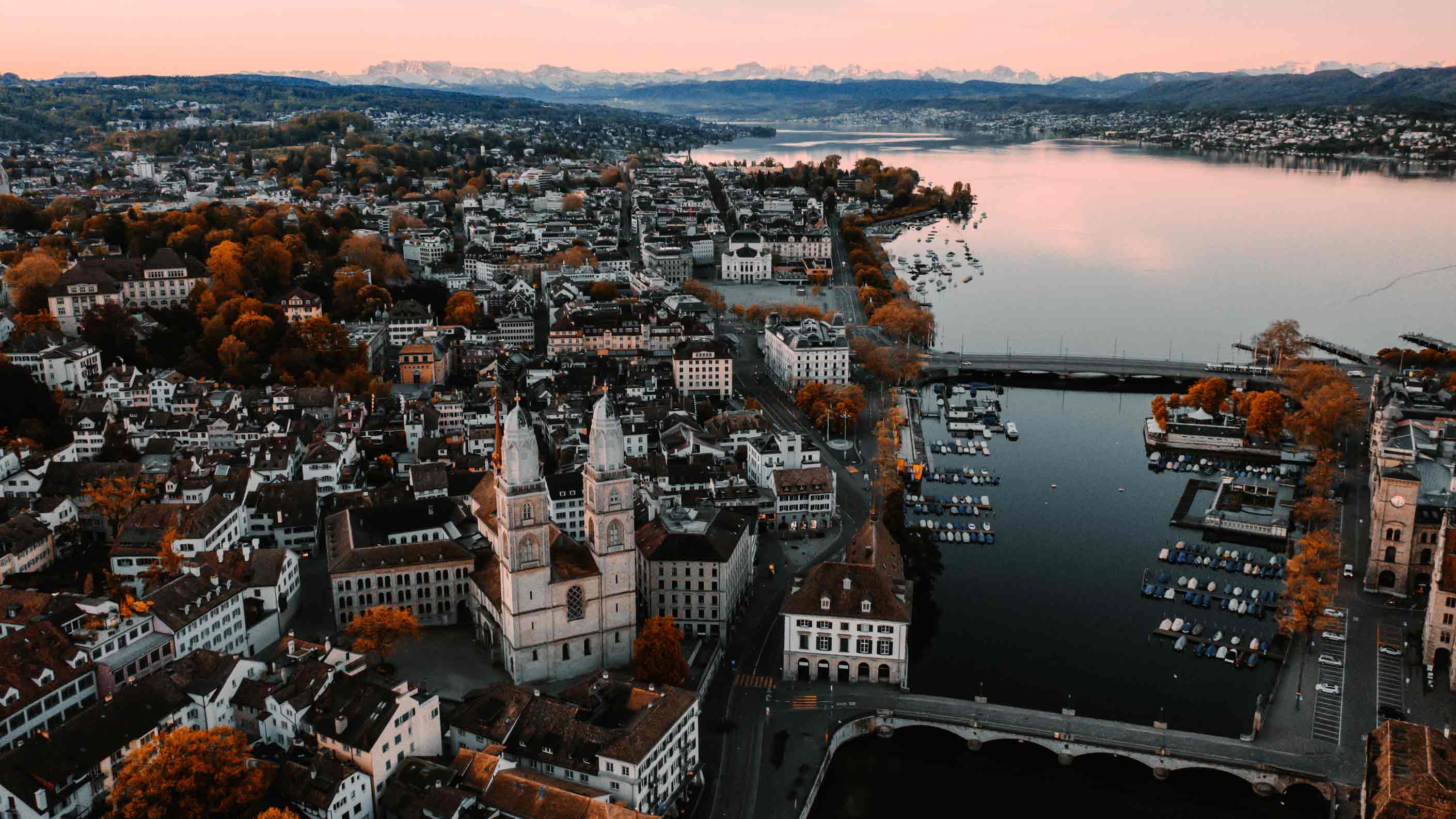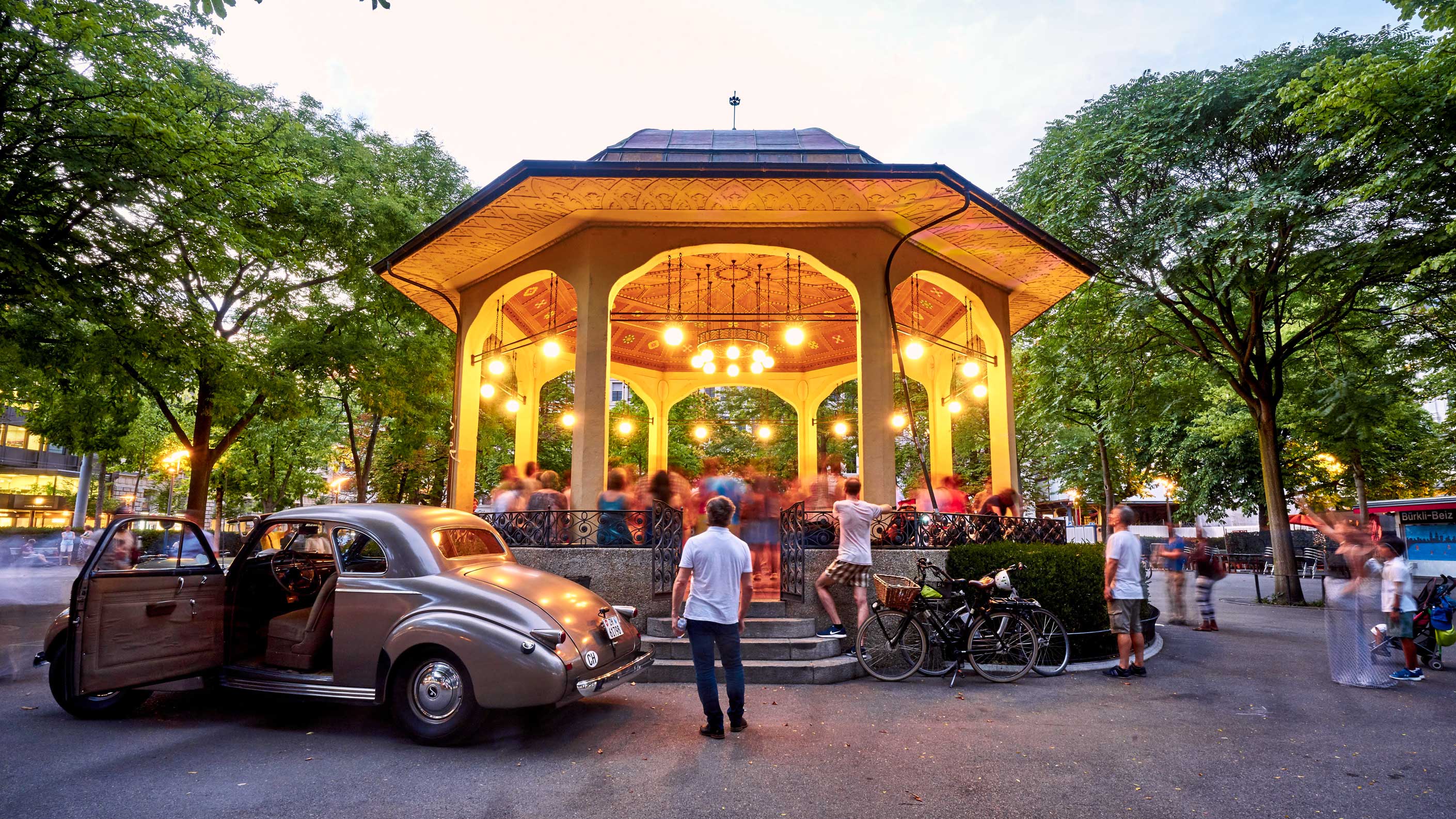Zurich photographer and ‘street child’ Jürg Lauber
Their photos of Zurich can be seen all over the world on social media. But who are these photographers? What spurs them on? Our new series turns the camera around. Today the focus is on Jürg Lauber, who is not afraid of getting up close and personal and likes to take photos in crowded places.
His high-contrast photographs look like paintings that have captured fleeting moments. His images are often extremely under or overexposed. And Jürg Lauber nearly always photographs people who just happen to pass in front of his lens. We invited the 56-year-old from Zurich to the editorial office for a chat about his unique style. We also learnt how, six years ago, the IT specialist became a photographer who feels an almost compulsive need to get out every day. He reveals that it’s all to do with a sabbatical that he didn’t spend in the Maldives.
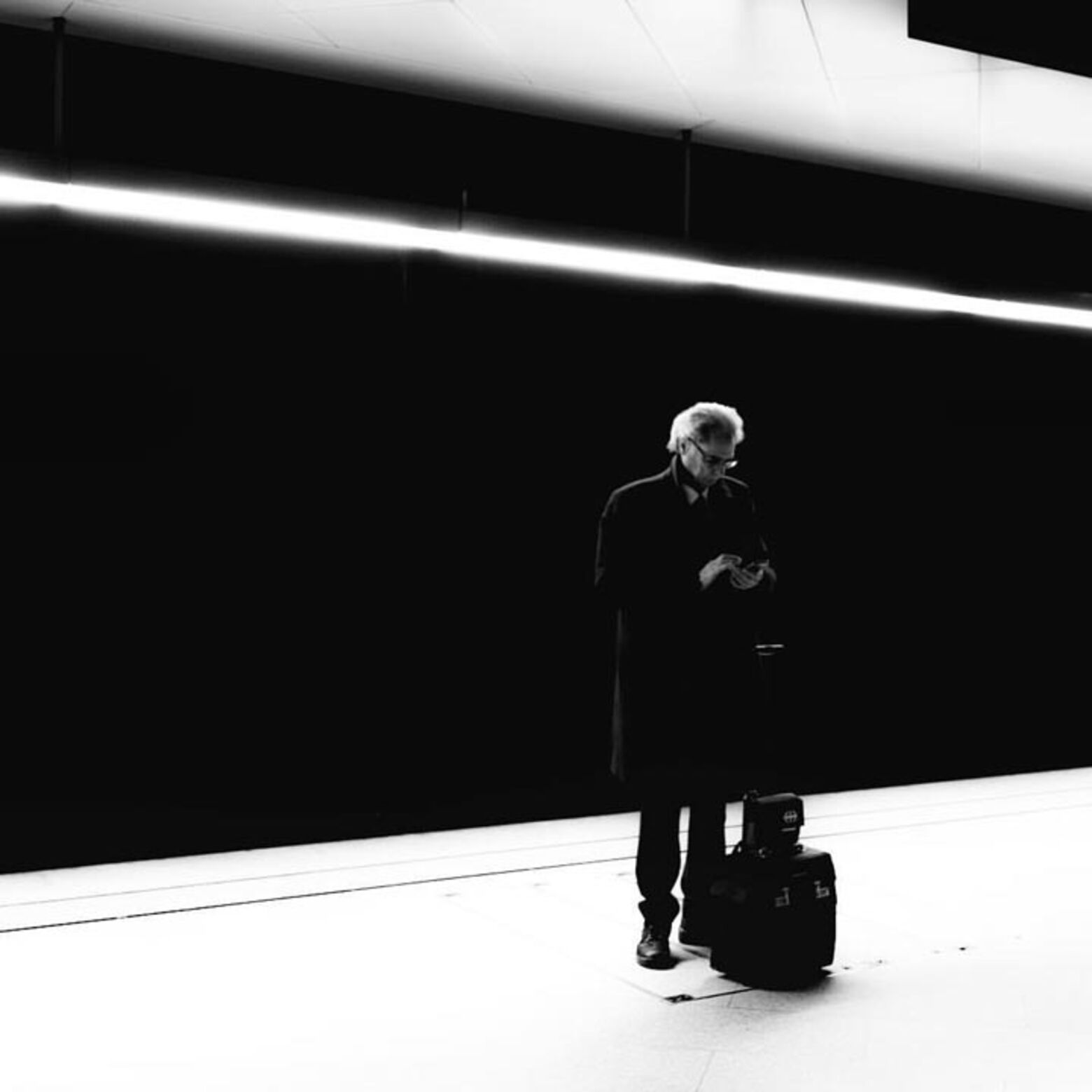
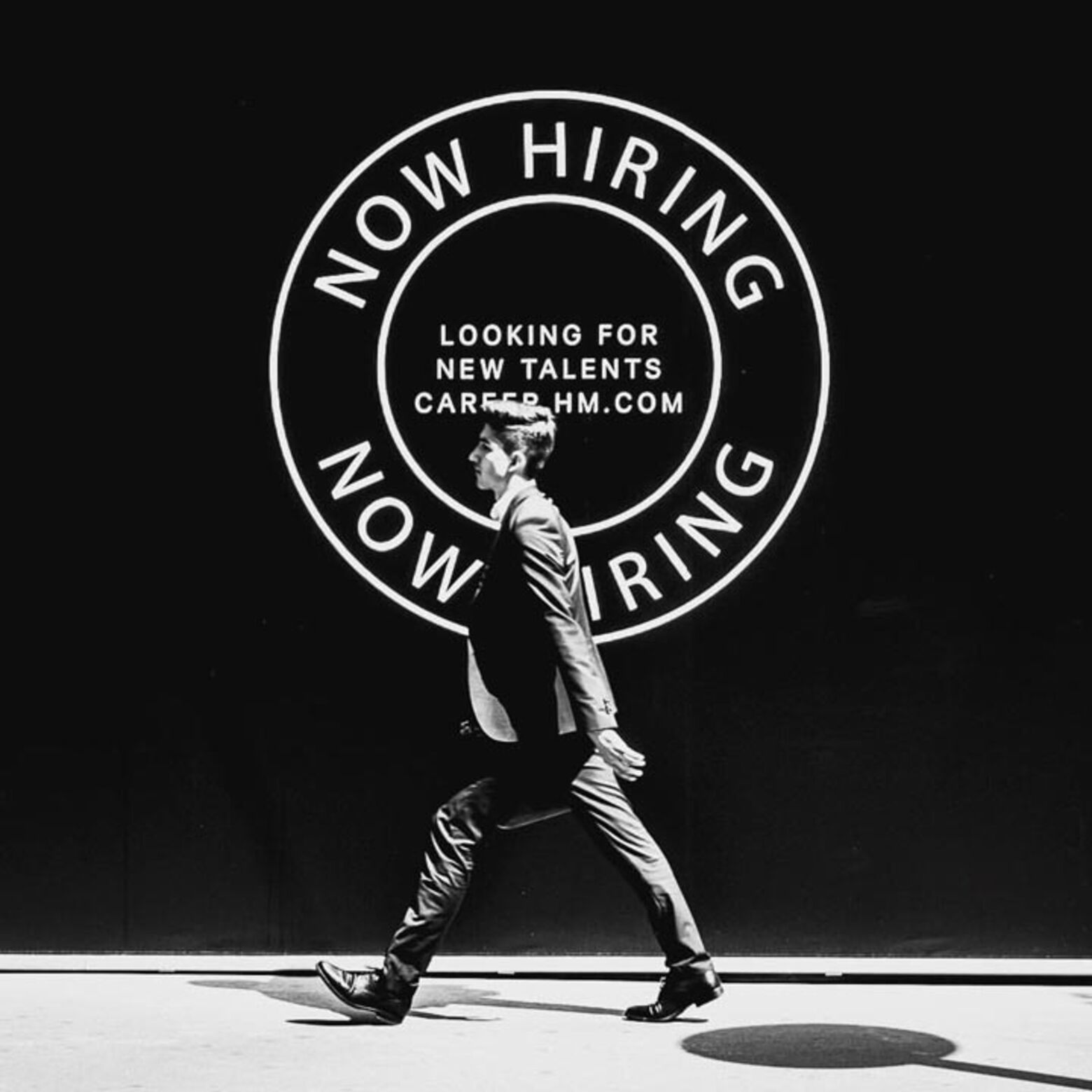
You only take pictures of Zurich. Isn’t that a little boring?
I suppose you could call me a street child (laughs). I work in public spaces. I photograph people who happen to be in the same place as me. No two situations are alike. Zurich is ‘merely’ the backdrop. And no, I don’t get bored.
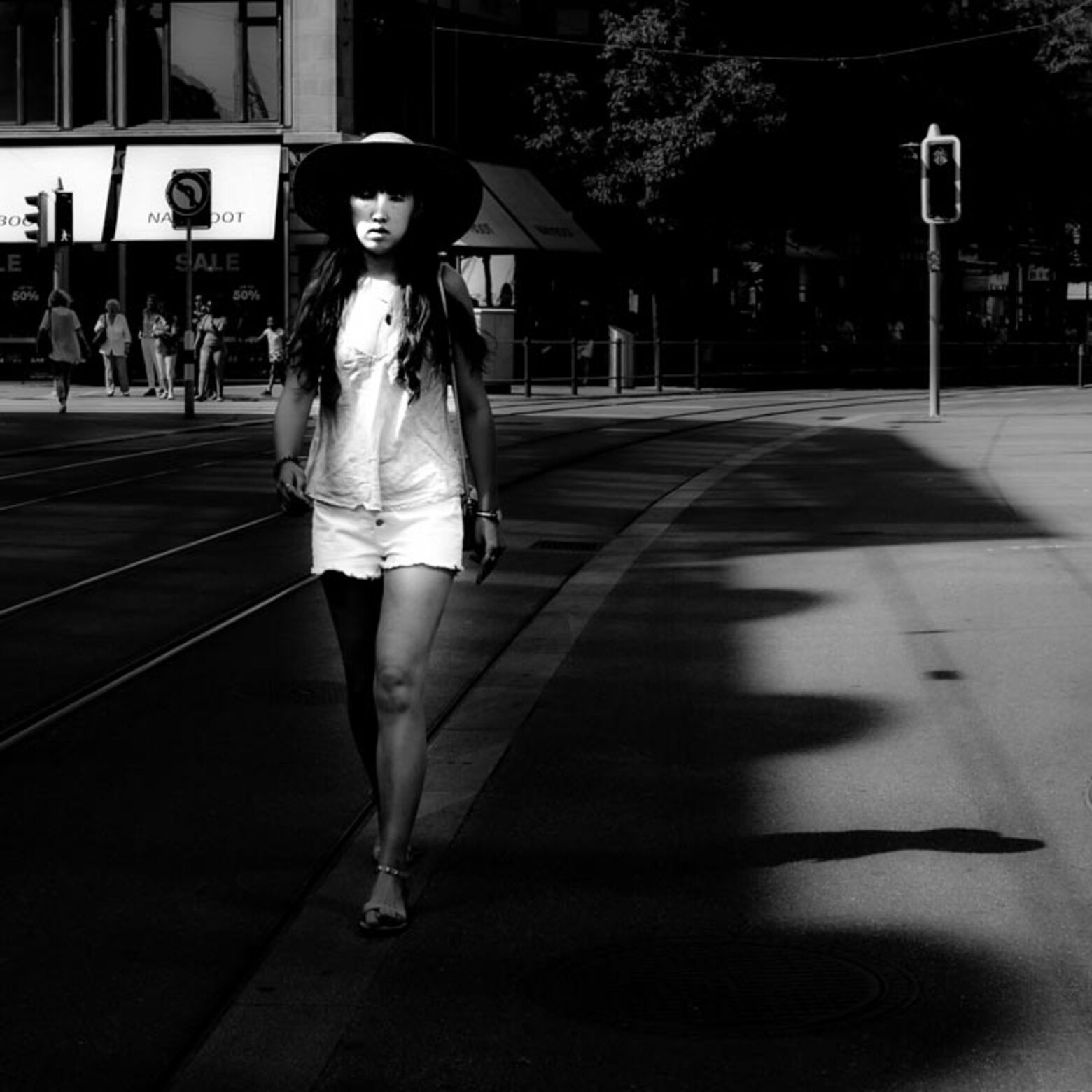
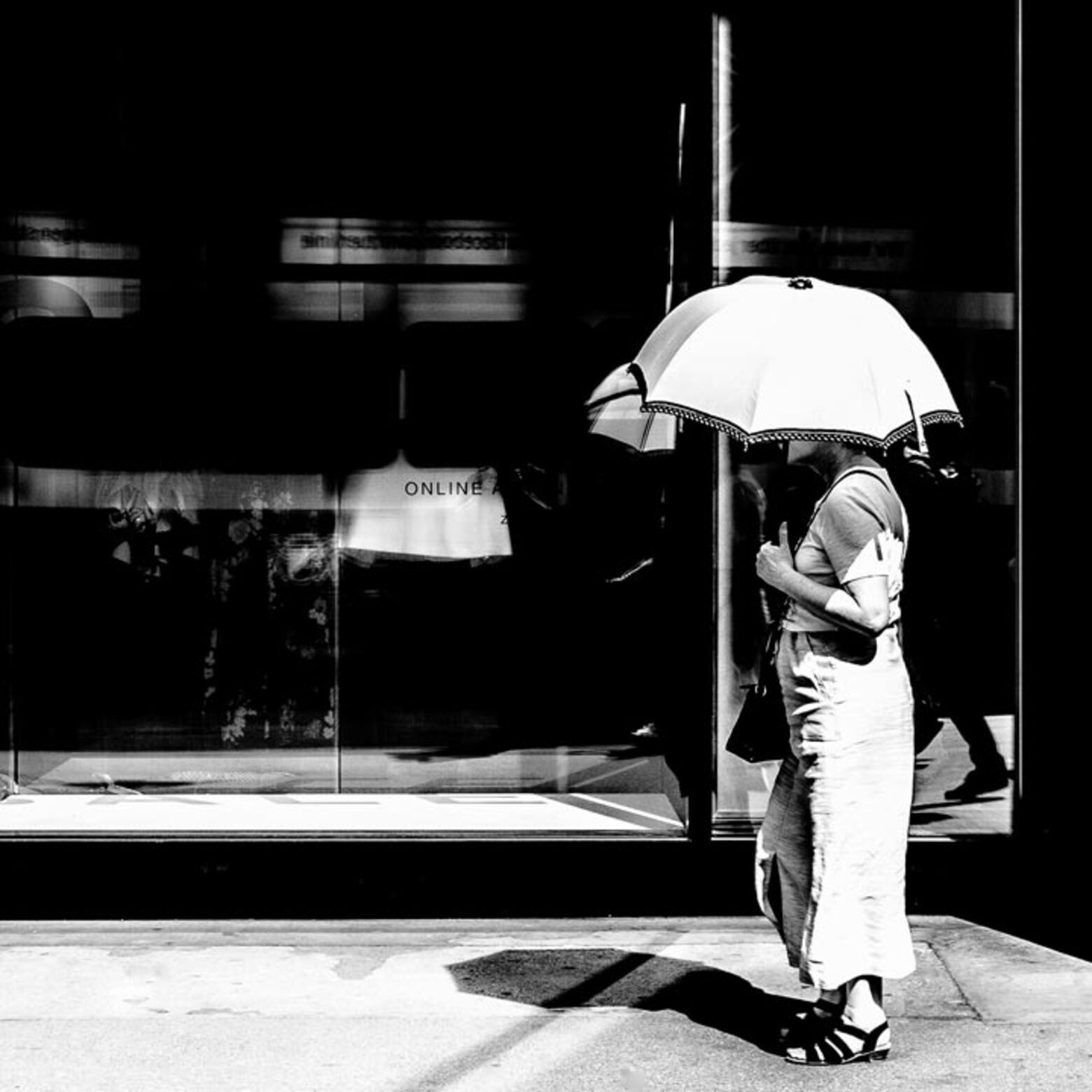
Your dark or overexposed images on Instagram are very eye-catching. In a split second I can say: ‘That’s a Lauber photo.’ How would you describe your style?
When I take a photo, I can see in my inner eye how I want it to be. But this usually doesn’t correspond to the light or the colours on site. So I adjust the exposure on the camera. At home on the computer, I edit the photo until it’s how I want it. I take my photos very quickly, and I always have my camera to hand. It’s the processing at home that’s time-consuming.
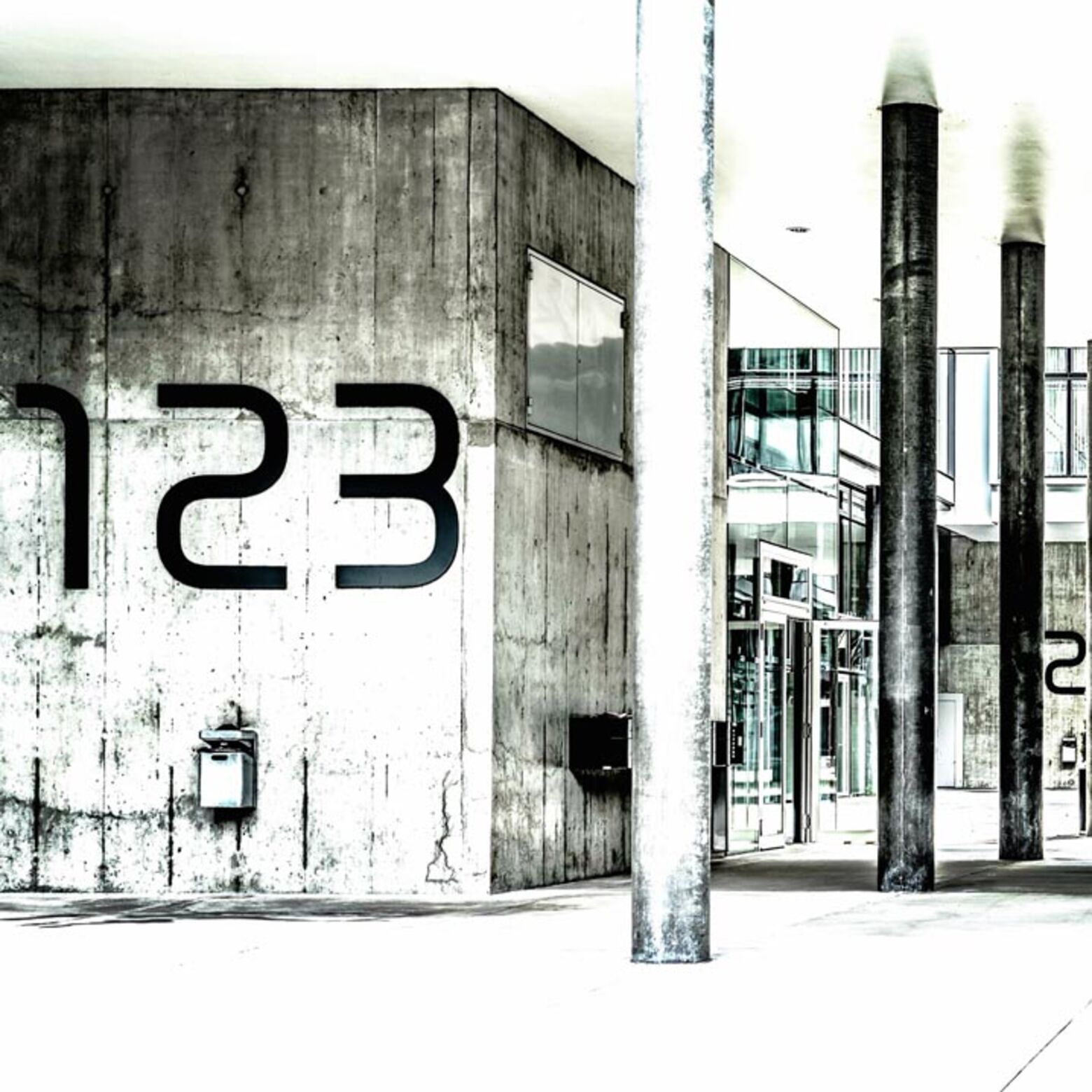
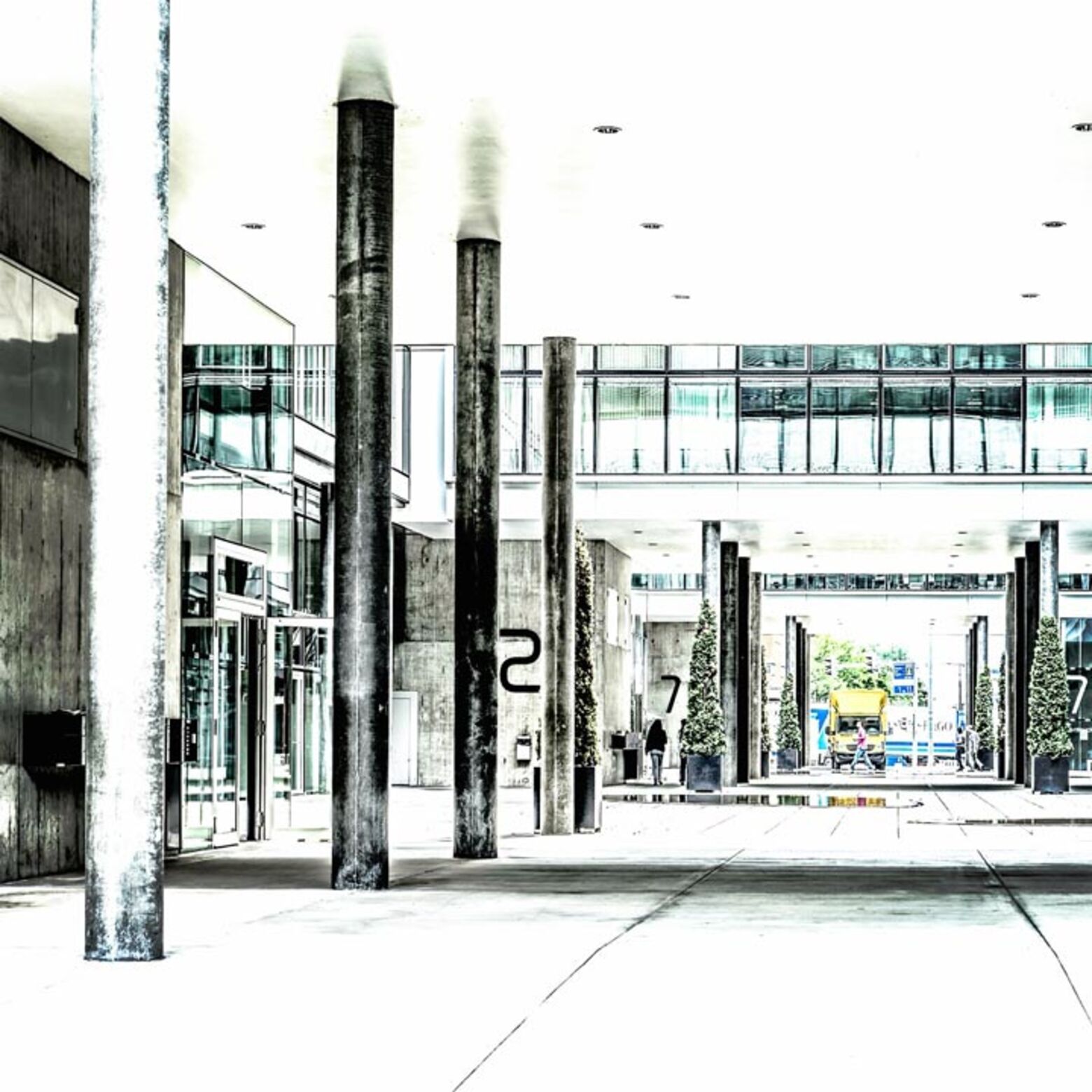
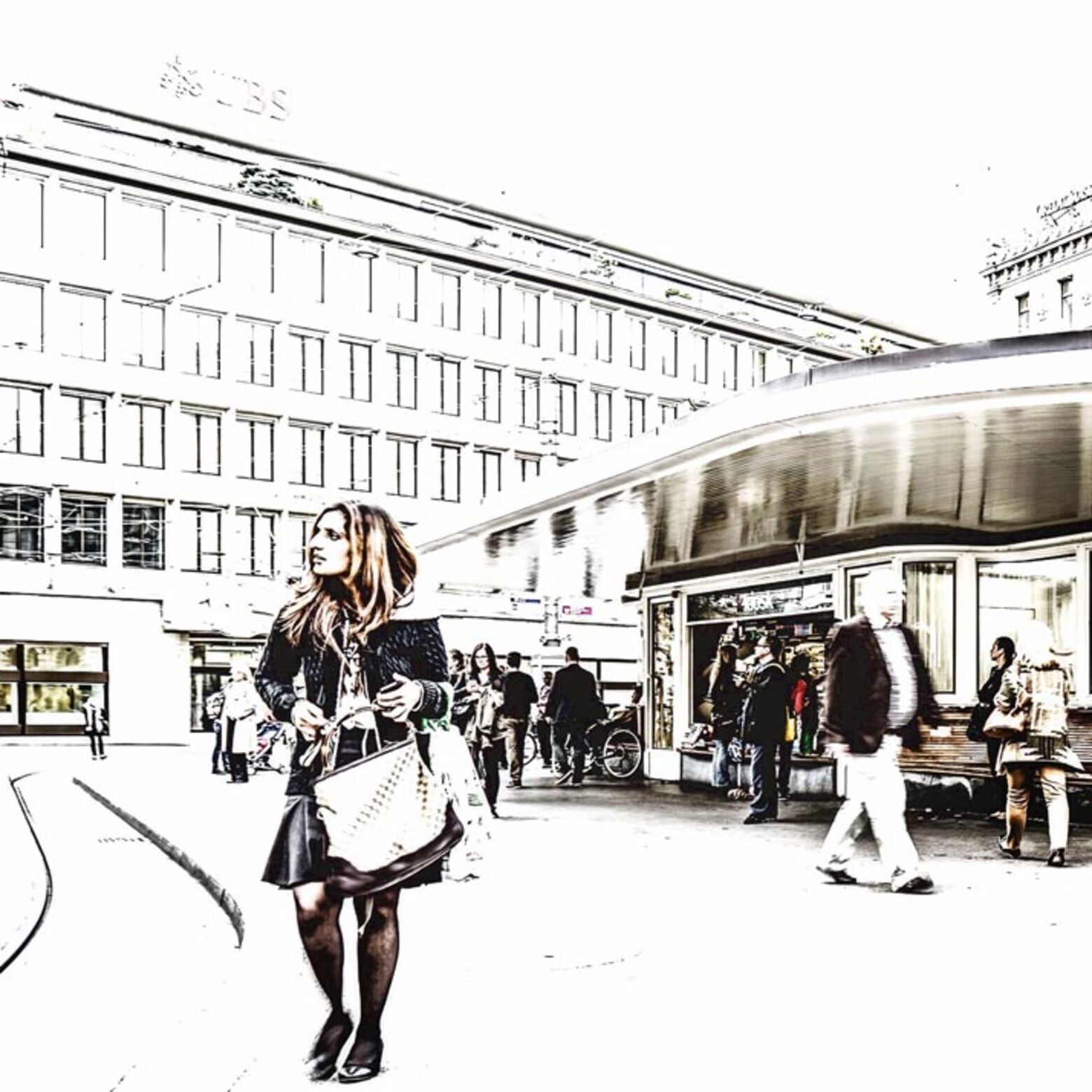

Now I’m going to ask you the usual, annoying question that every artist is asked: Can you make a living from taking photos?
In 2015 I published a coffee table book called Zürich in Bewegung [Zurich in Movement] with Daniel Diezi. I still get royalties from it, sometimes more, sometimes less. Two more photography books are in the pipeline. I also sell my pictures in large format, for example mounted on aluminium plates. That’s been going very well since I set up my professional website. I can earn a living from my photography, but I’ll probably never get rich with it (laughs). Basically, my wife and I make ends meet. .
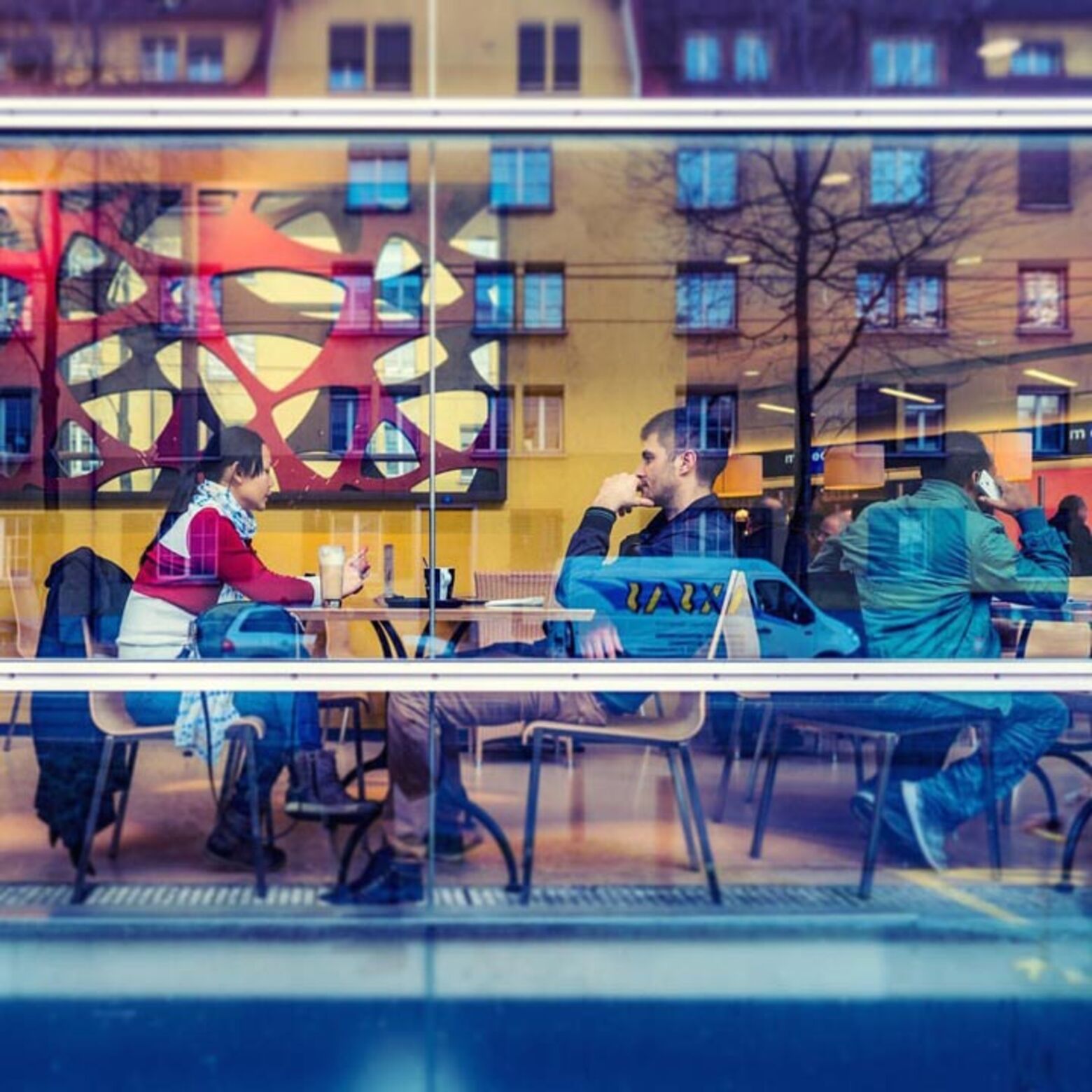
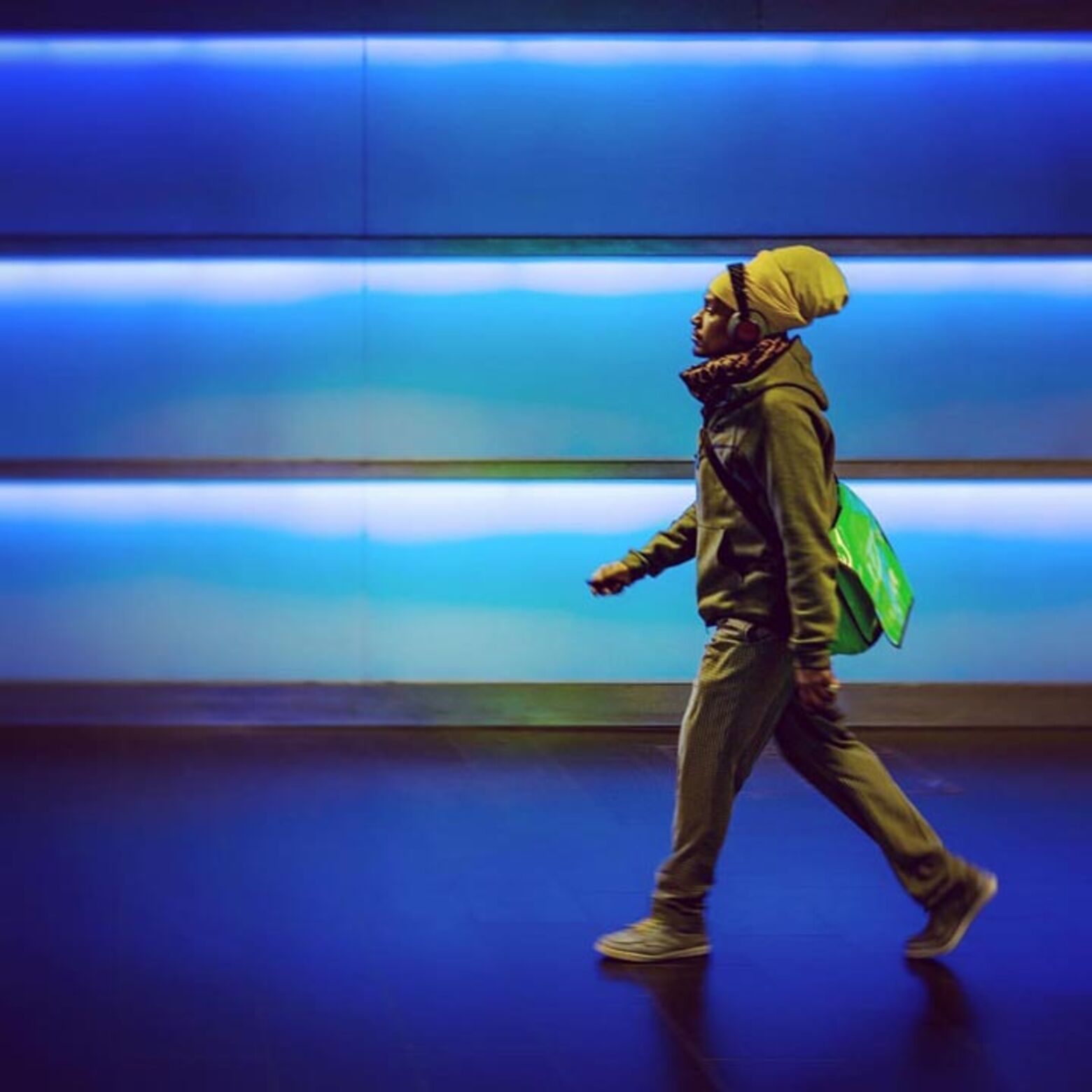
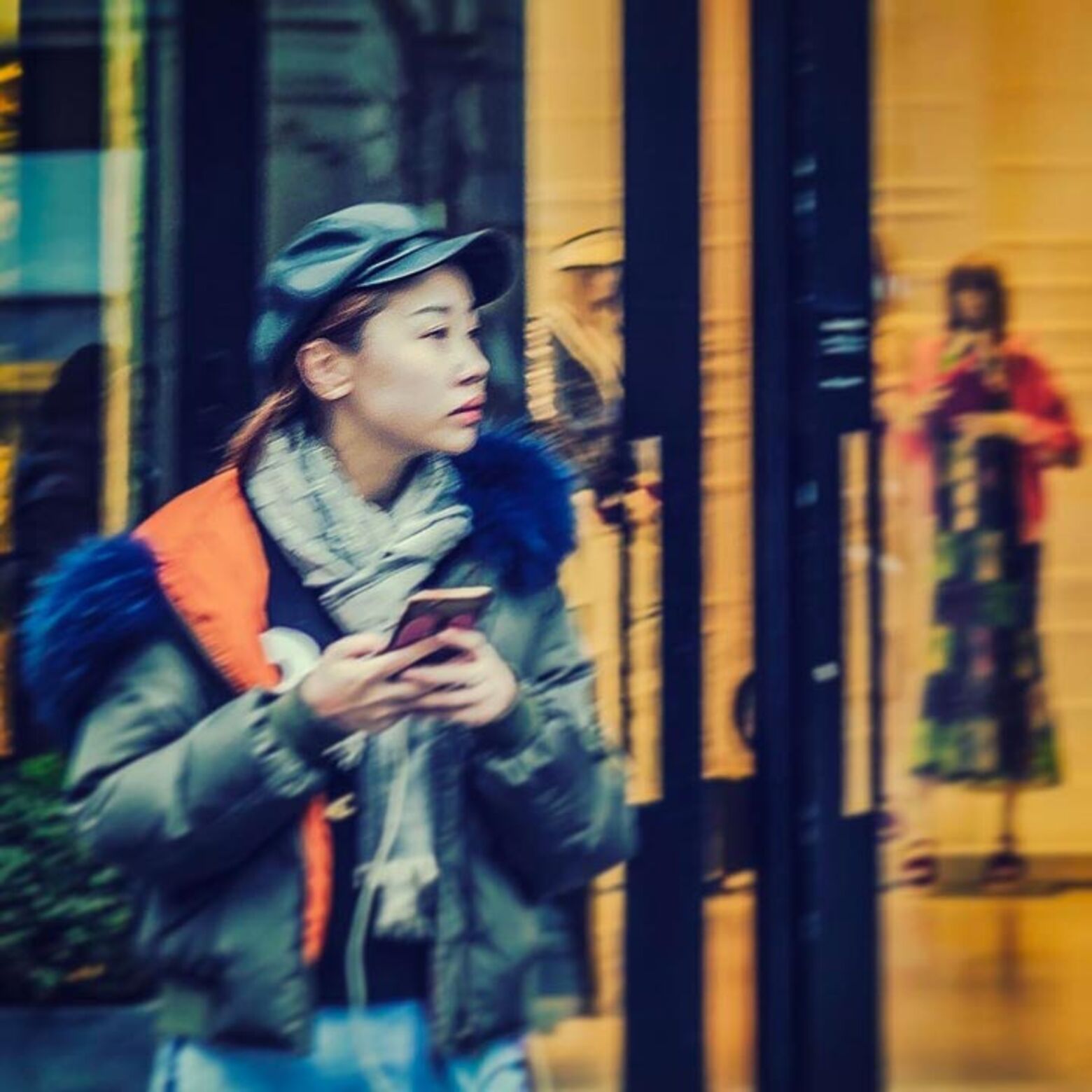
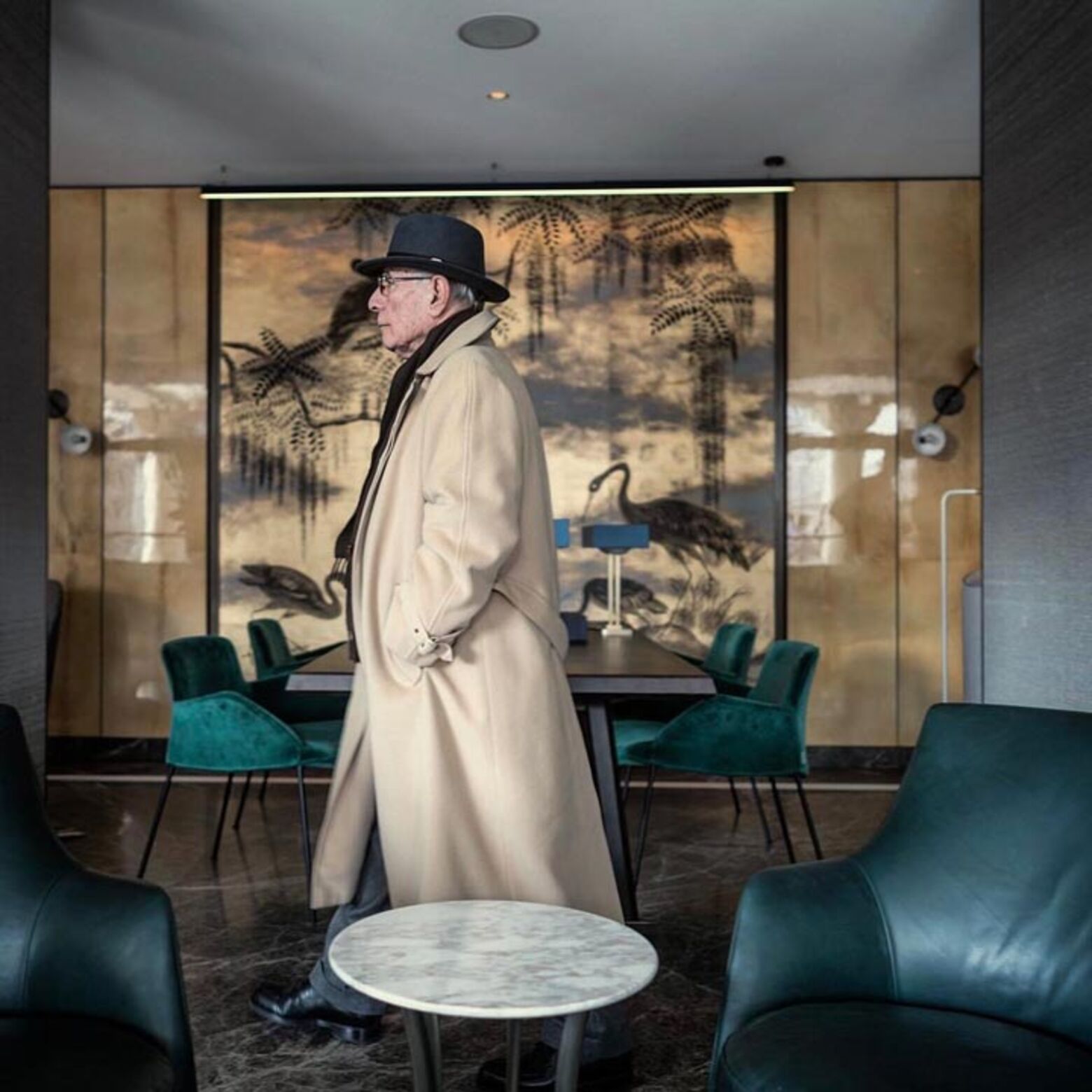
Is it true you don’t do much contract work?
That’s right, with just a few exceptions I only shoot what I want to shoot – that’s a real luxury. I don’t have to pretend. So, it’s good that my photos and the book are proving to be so popular.
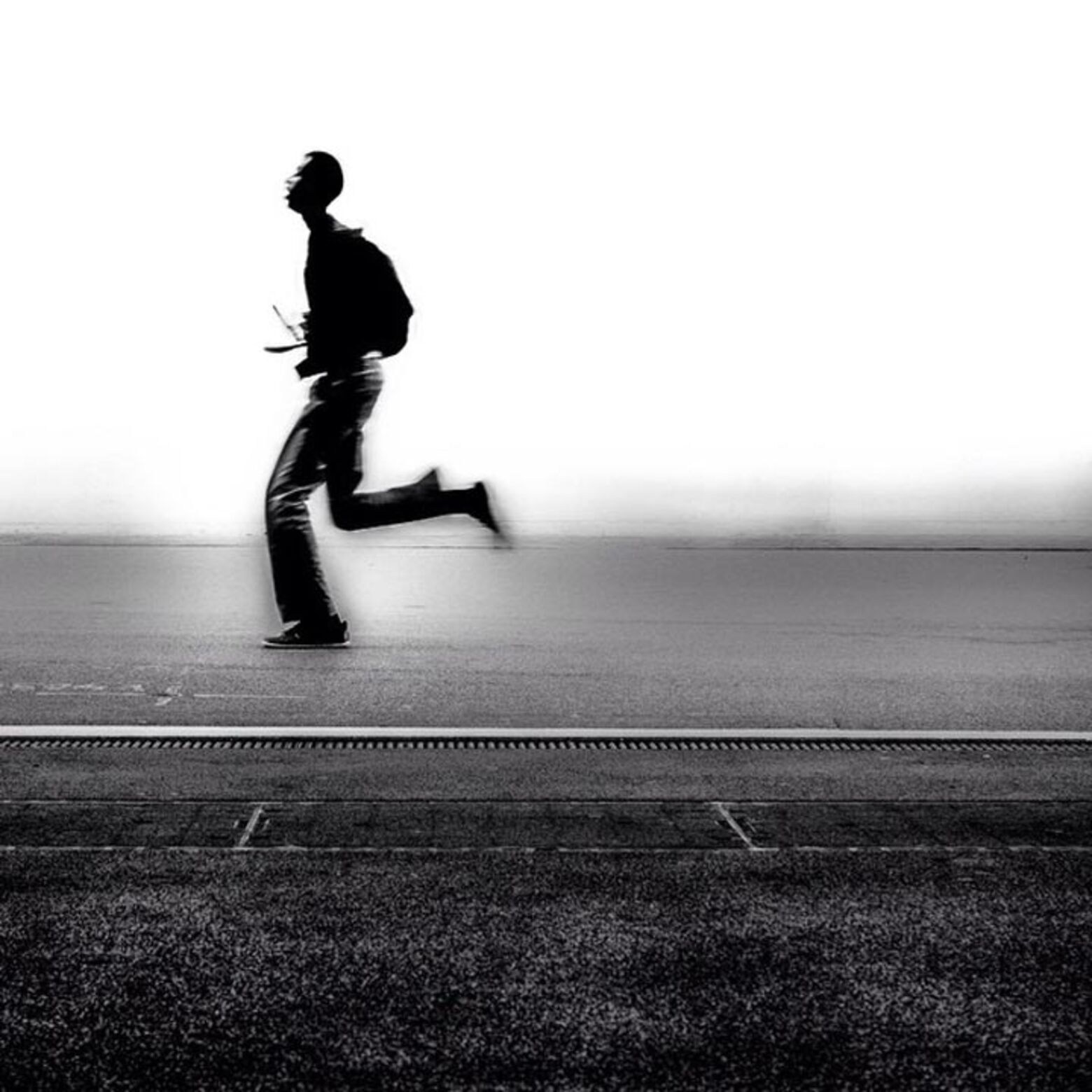
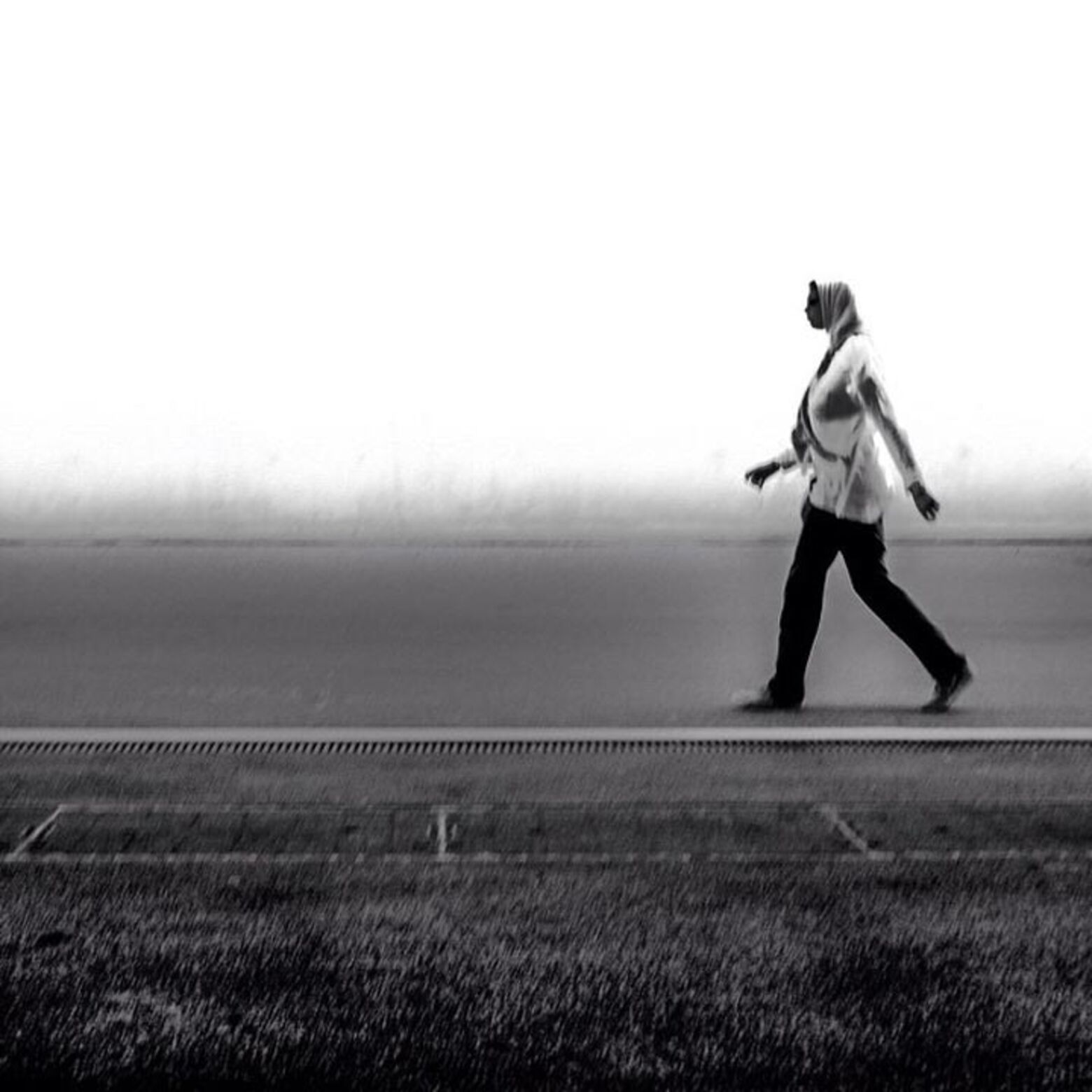
It seems that the atmosphere among photographers could be better – the Facebook comments on our article about the Zurich photographer Cemil Erkoç suggest that you all begrudge each other’s success. What do you say to that?
That’s one advantage of approaching sixty – you feel more distanced from such things. I really don’t care. I just do my thing. And it’s the viewer – or the customer – who has to decide whether or not they like a picture..
‘That’s one advantage of approaching sixty – you feel more distanced from such things.’
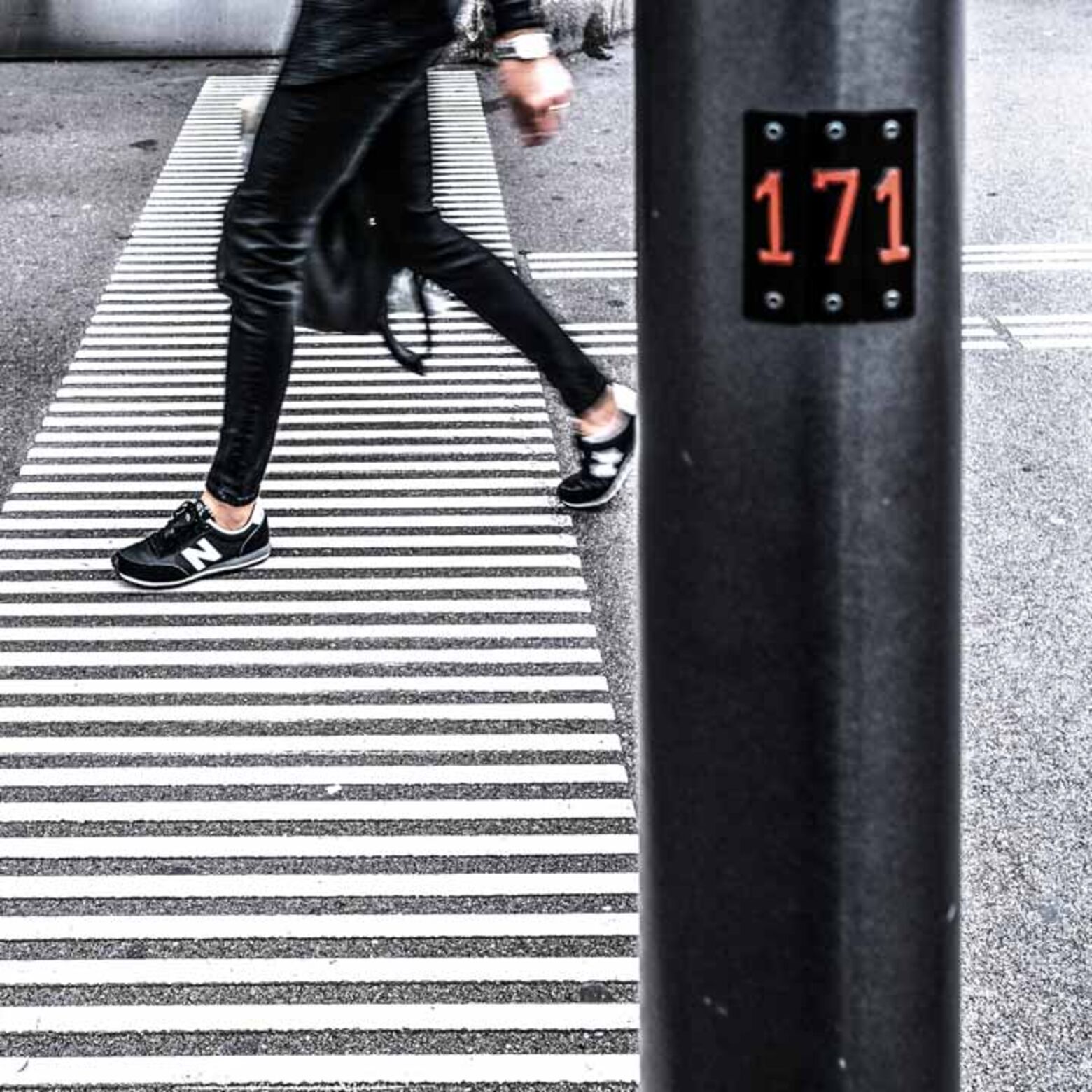
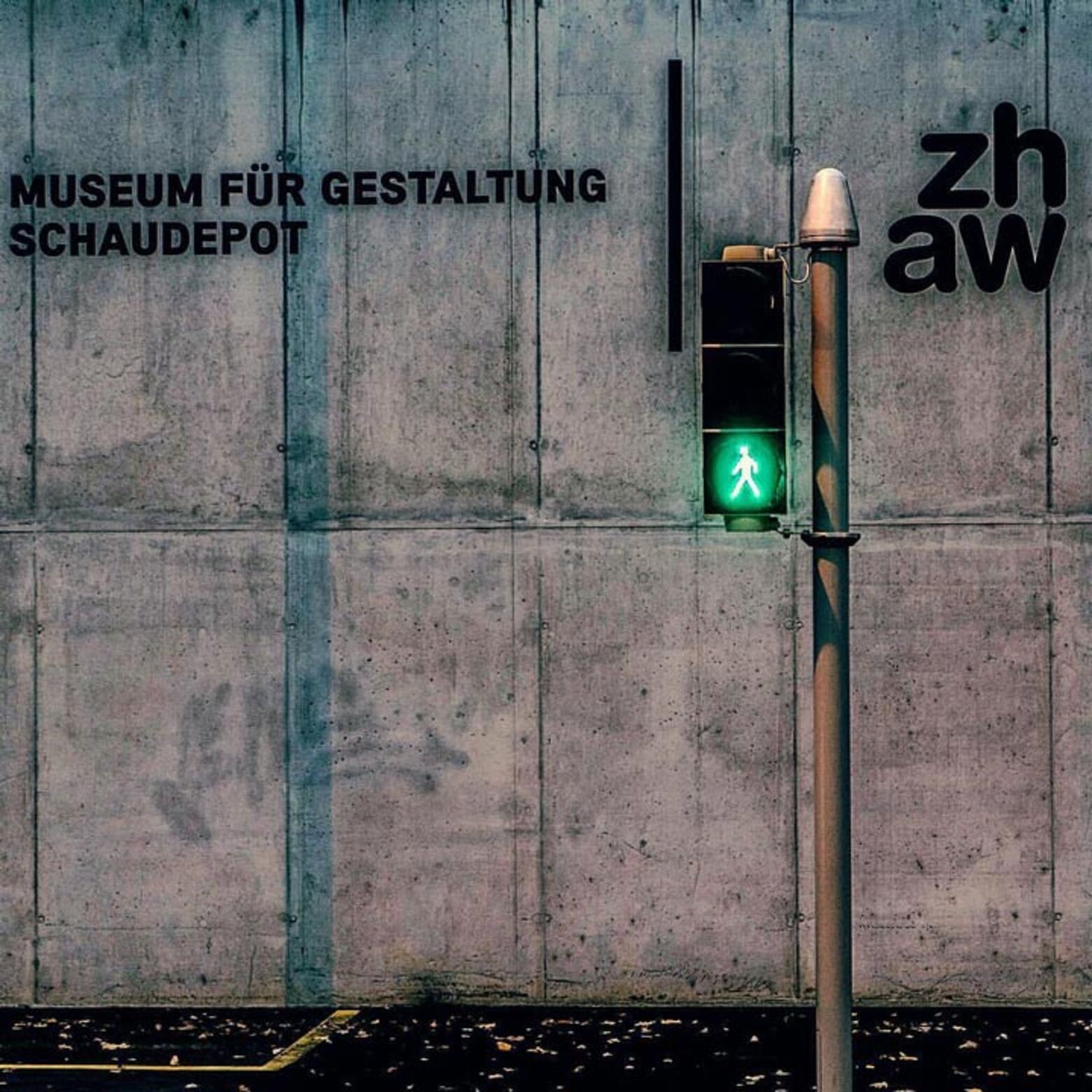
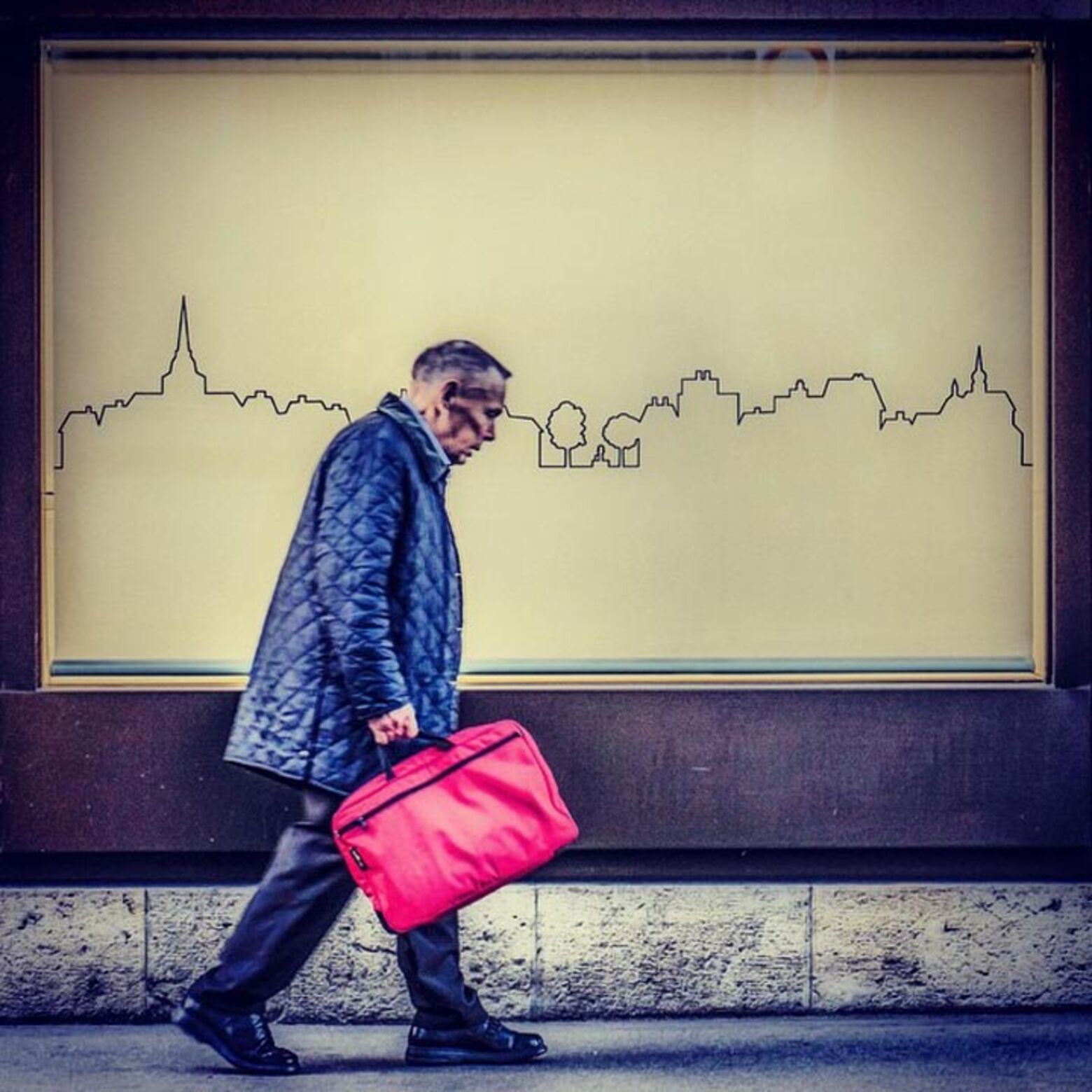
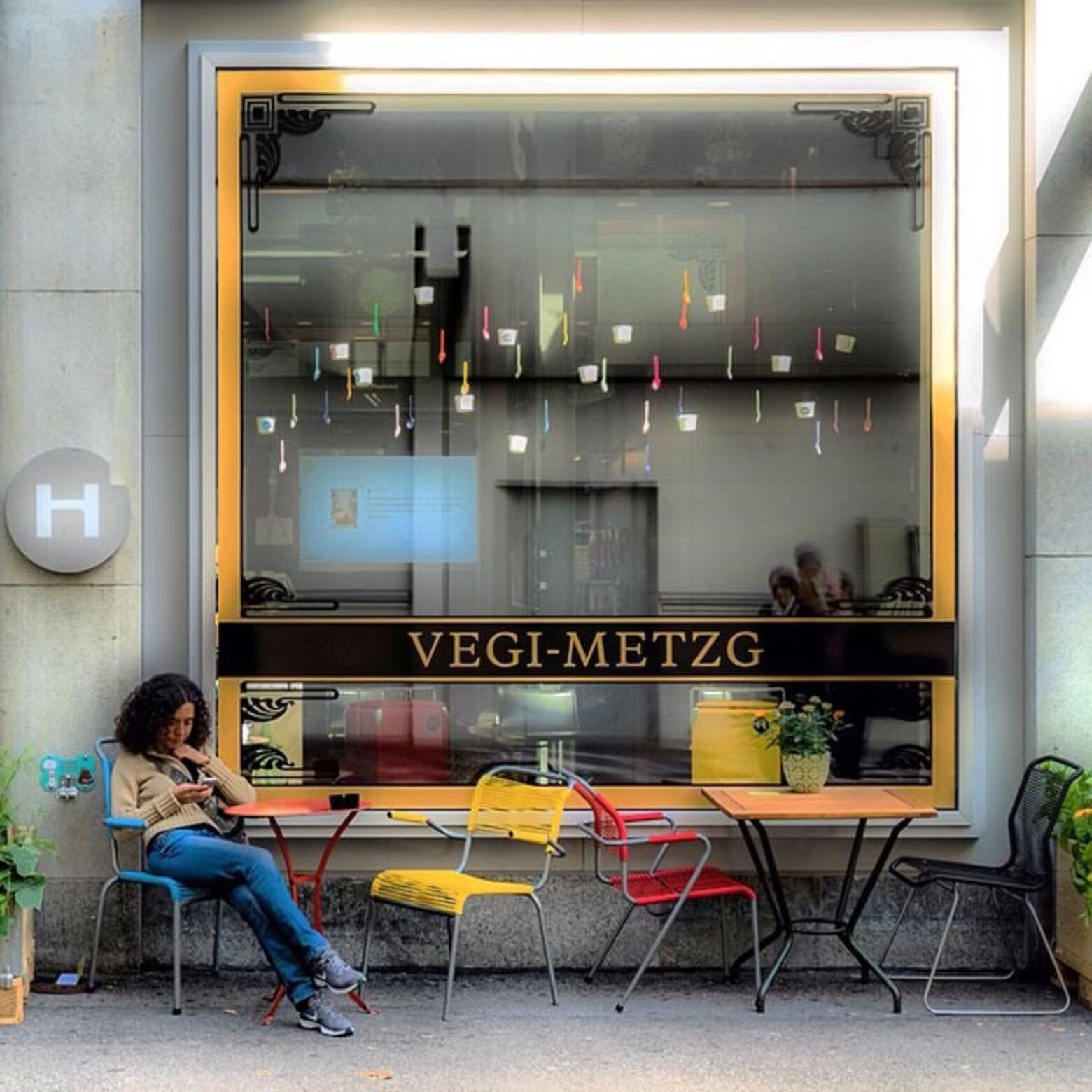
Have you been in the business a long time?
No, quite the contrary (laughs). I did a trial apprenticeship with a photographer, and later on an internship with a photo agency as a photographer. But I didn’t like having to do these commissions to strict deadlines. I wanted to be an artist, to be free. But my parents weren’t exactly impressed by that, so I ended up doing a commercial qualification. Then I worked in IT until 2012. .
And you didn’t take any pictures in those 30 years?
Not really, just on holiday. Then, in 2012, I decided to take a sabbatical. Instead of heading off to the Maldives for a few weeks, I just drifted around Zurich and took photos with my smartphone. That was good for me.
‘Instead of heading off to the Maldives for a few weeks, I just drifted around Zurich and took photos with my smartphone.’
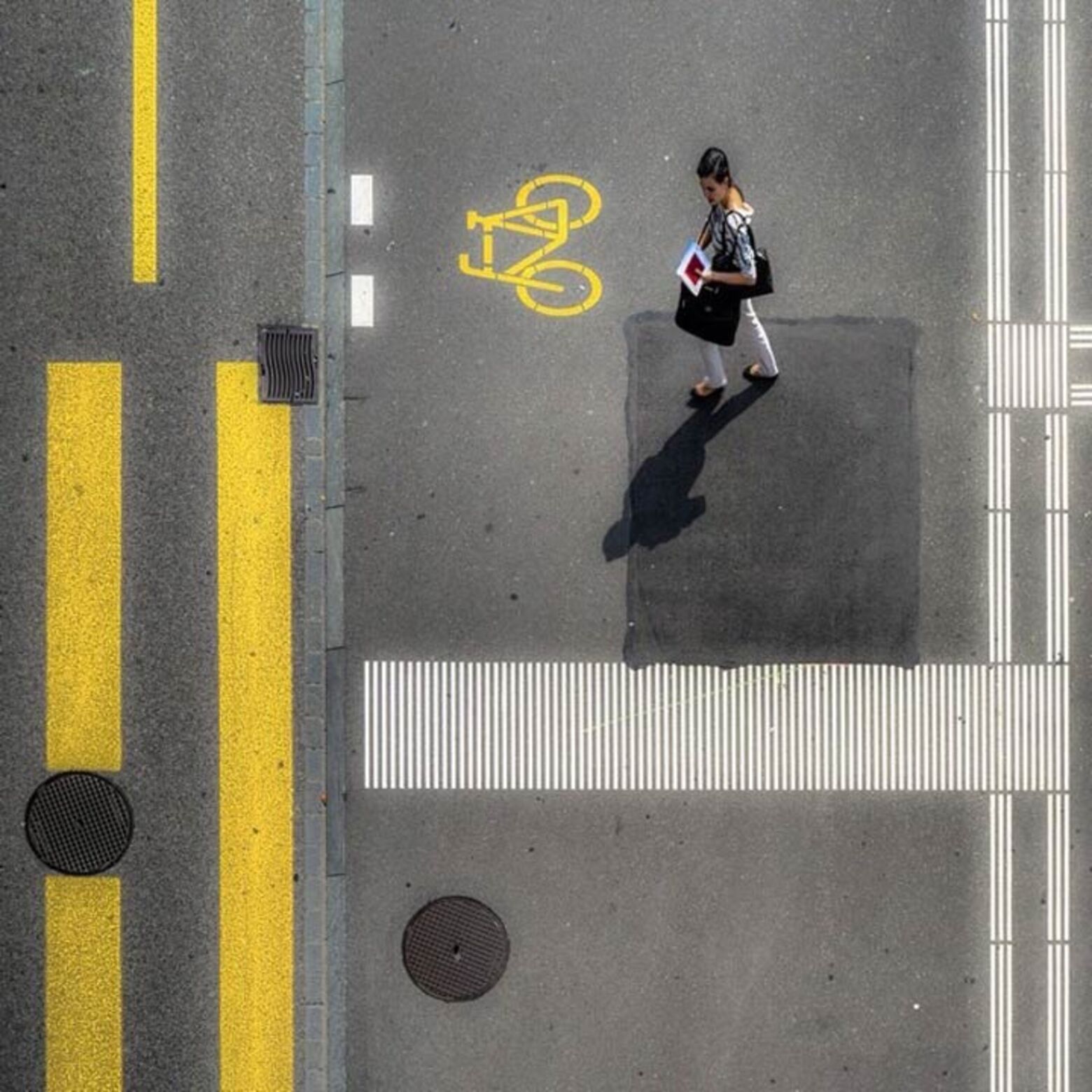
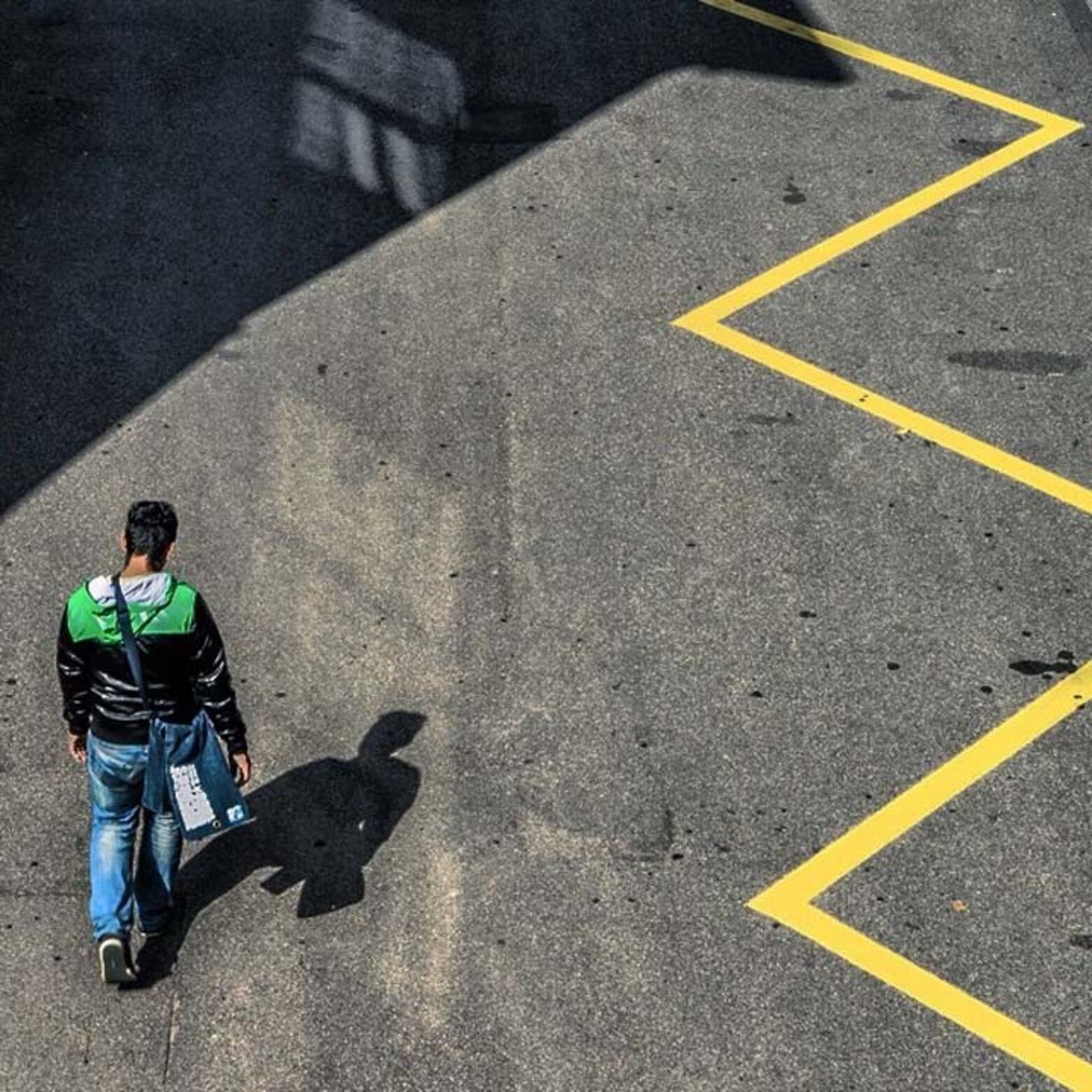

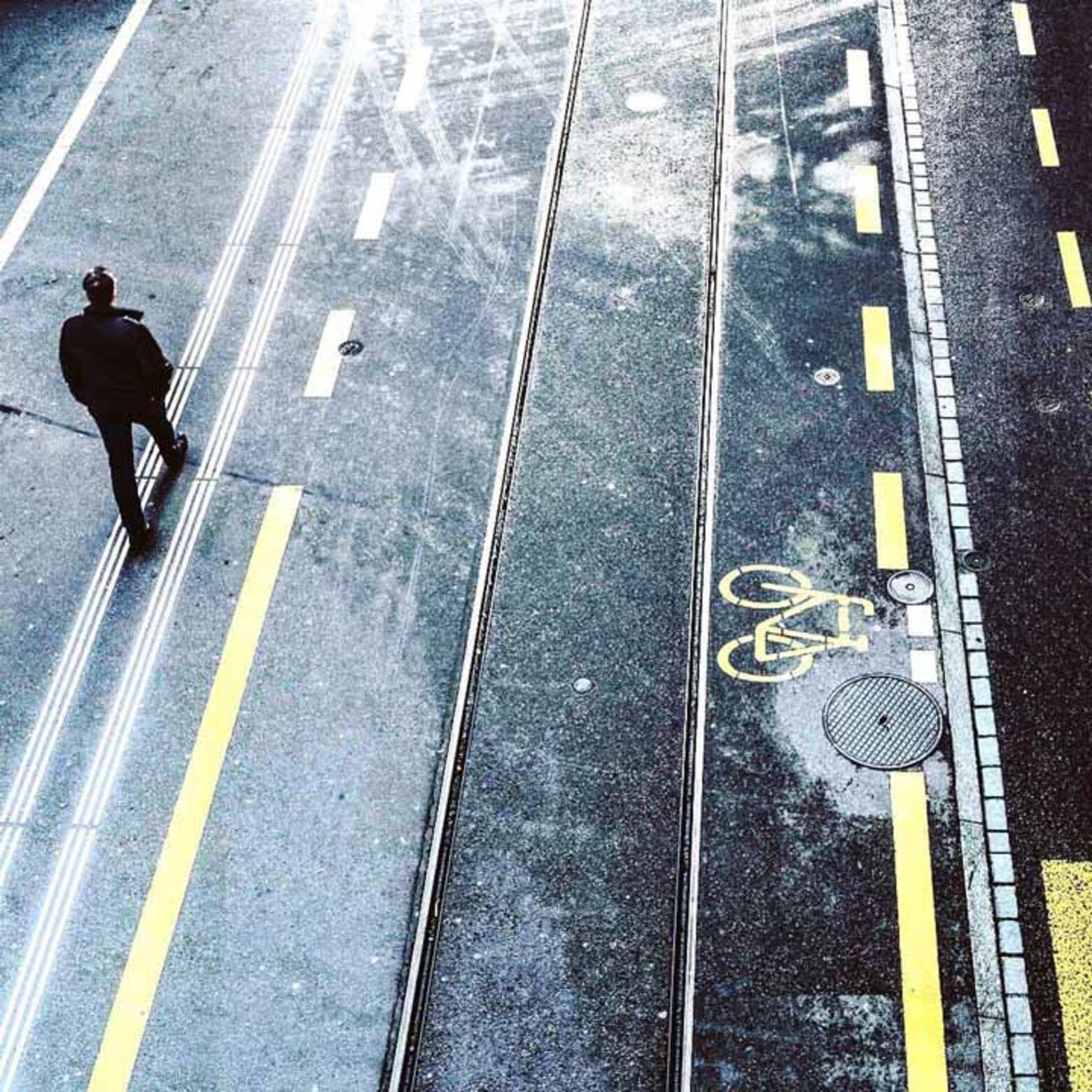
So your career as a photographer started with your phone? You didn’t have a real camera?
No, I really just went out and about with my phone. That was the time when Instagram was becoming more popular. I liked the 1:1 format and the retro filters that reminded me of early Polaroid photos. But soon I bought myself a better camera, because I started to get annoyed by the quality of the photos on my phone. Then it all took off. I go out every day. It’s like playing music – if you don’t practise every day, you never get any better.
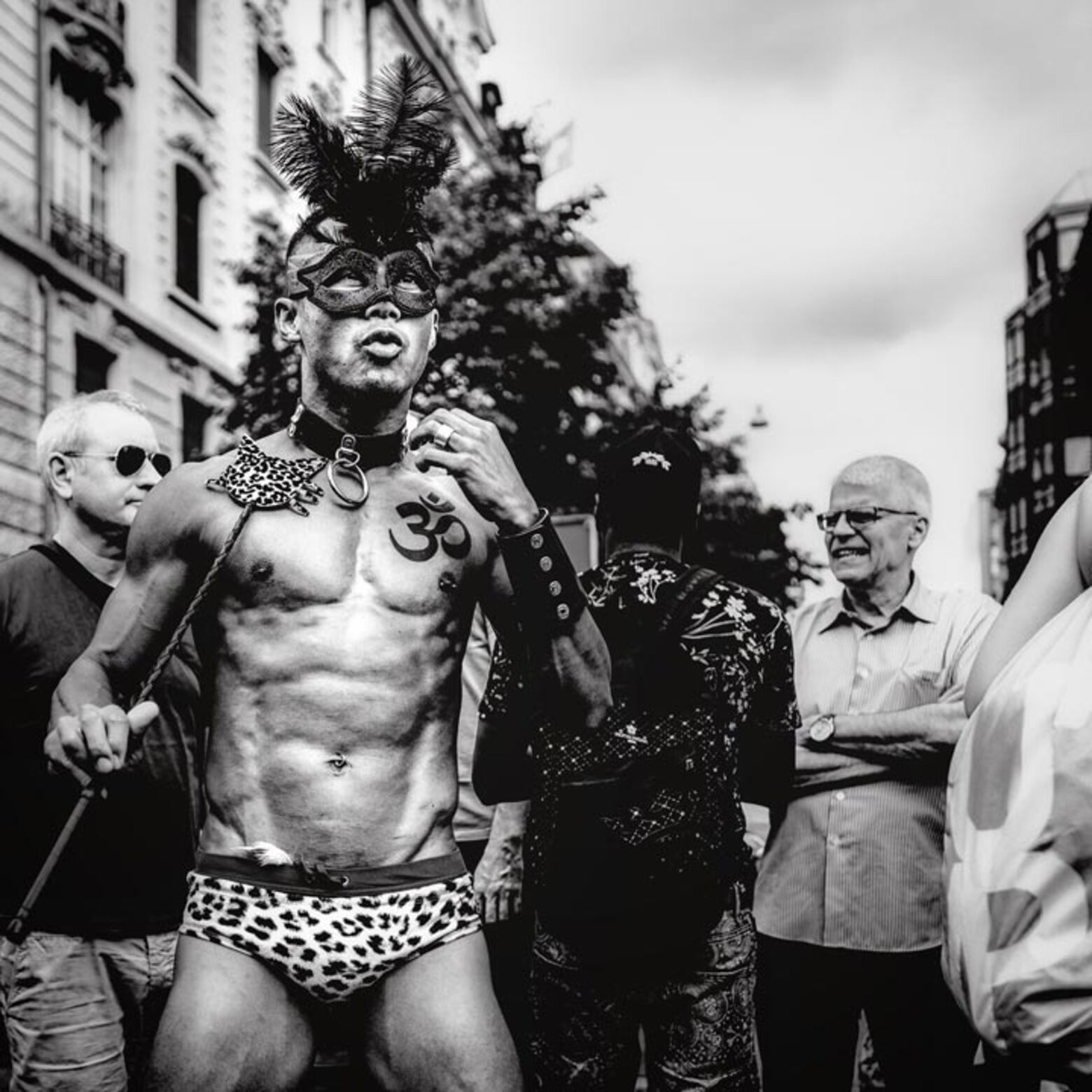
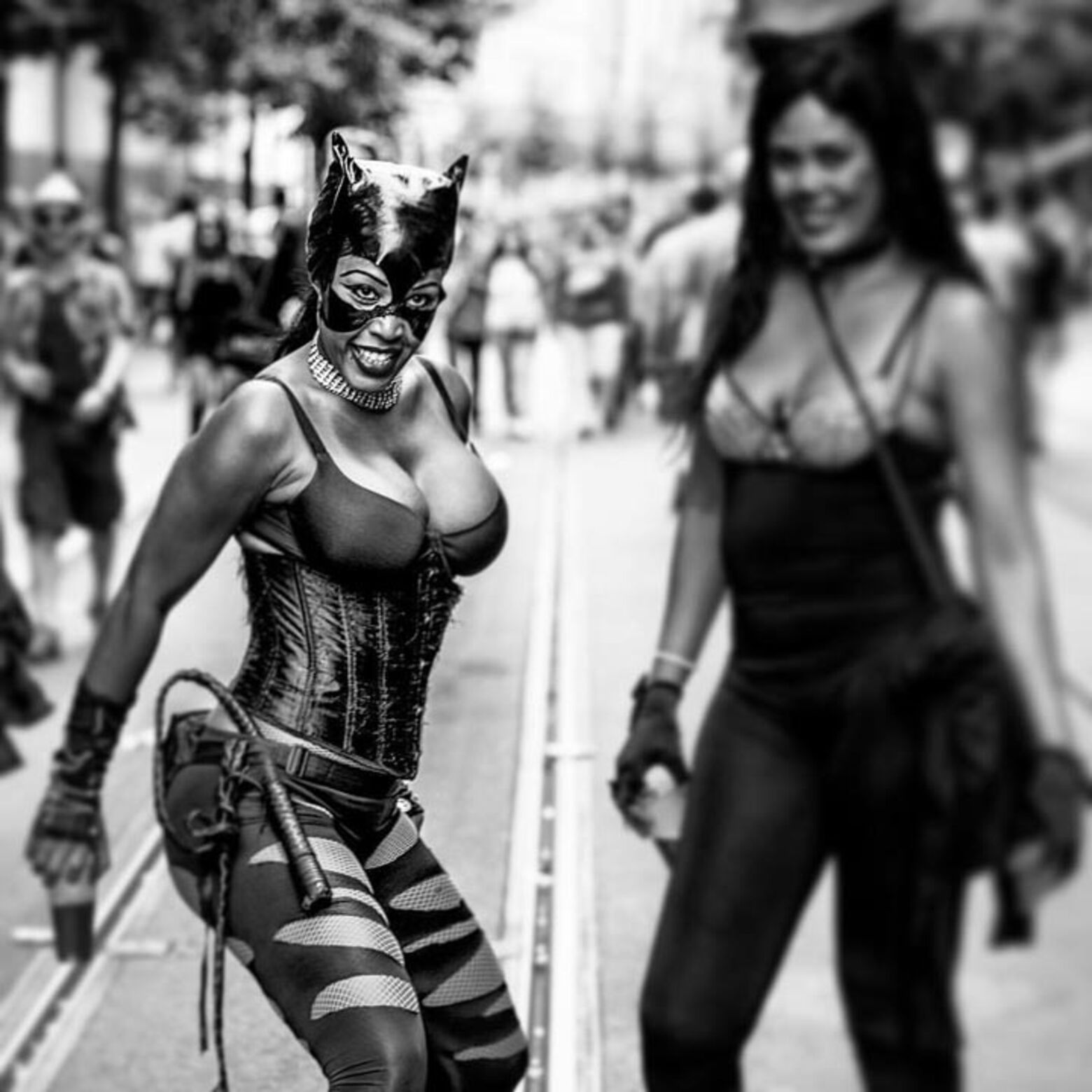
What role do Instagram and Facebook play for you today?
During my Zurich photo sabbatical, I set myself a goal of uploading one photo to Instagram every day. As much as anything I wanted to get feedback. It’s still a bit like that today, but I never take photos just to get as many followers as possible. I’d have to change my style and take photos that have more mass appeal (laughs).
‘I never take photos just to get as many followers as possible. I’d have to change my style and take photos that have more mass appeal.’

What’s your favourite place in Zurich for taking photos?
Wherever there are lots of people. I often go to the main railway station or ShopVille. A bright wall or simple architecture can be the perfect setting for turning the spotlight on people. I’ve always liked the Zürich-West district – and, of course, Bahnhofstrasse and Sechseläutenplatz. But it’s difficult to give you a precise answer because I’m fascinated by the whole of Zurich and how much it has changed since the 1980s.
Next time we’ll be talking to Michelle Hunziker. Do you have a question for her?
Along with her photographs, Michelle also makes great animated films and motion graphics. I’d be interested to know whether she prefers taking photos or making animated films – and what plans she has for the future.
